There is a heat wave expected to hit the Bay Area this weekend, so I thought I’d post about how to prepare, what to do, and how to survive the heat with your fur babies.
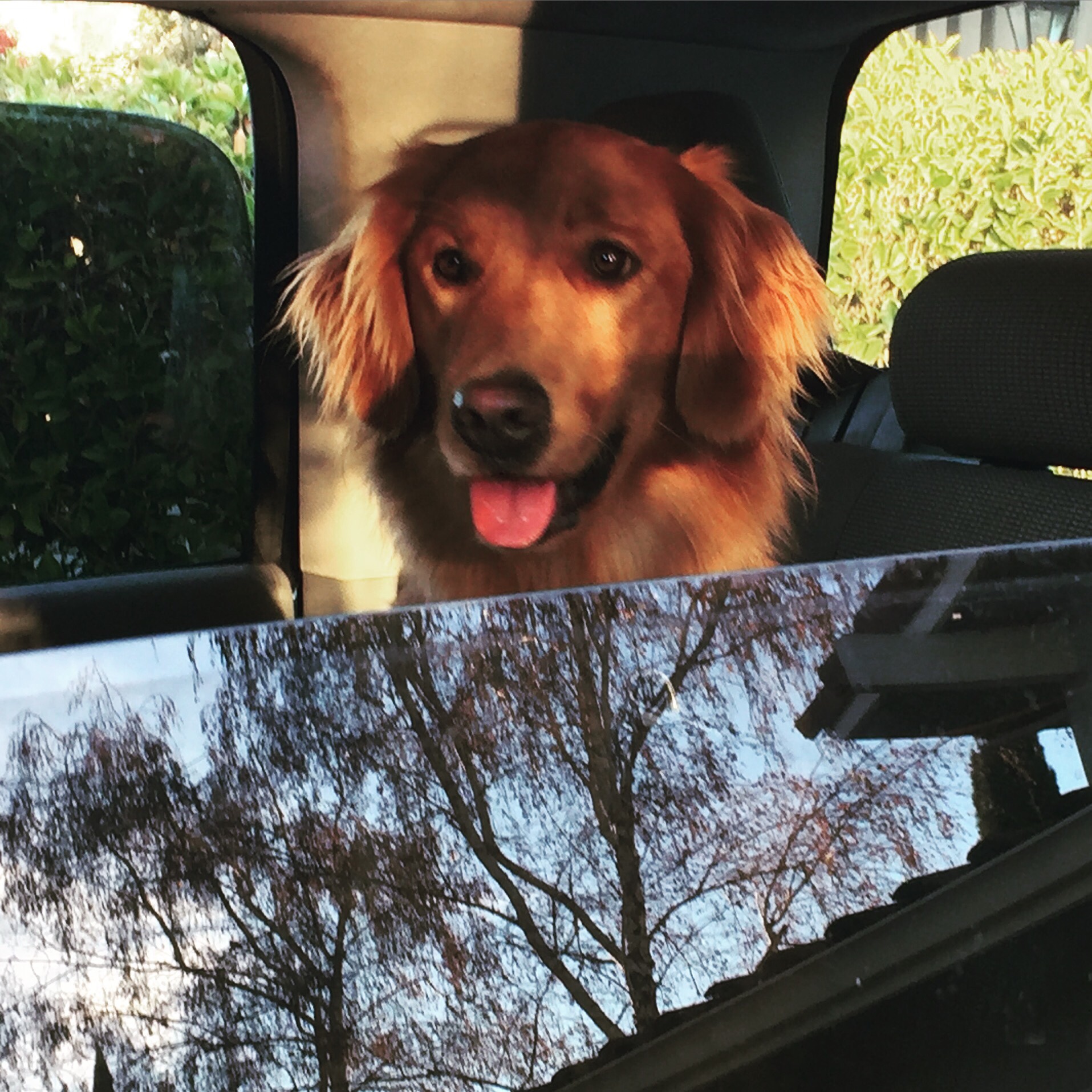
First and foremost; Unless you are taking a trip to the vet, or similar destination from point A to point B where your animal is expected at point B as well? If it is hotter than 83° outside, don’t bring your pets in the car. Anywhere. If it’s a trip to the drive-thru and your AC is working beautifully? By all means – we can come up with exceptions to the rule all day long. The point is, animals don’t belong in hot cars on warm days during the summer. And if it’s going to be that warm, it’s likely that the asphalt of every parking lot and every sidewalk to your destination is going to be pretty dang warm also.
Check the ground! I like to err on the side of caution and leave any outside trips for earlier in the day, or later in the evening. Asphalt soaks in the heat from the direct sun, then it radiates back up and one thing that many people don’t consider is the fact that their dogs are only 1-2 ft (give or take) off the ground, right where all that heat is hanging out.
My rule to everybody is that if you cannot place your hand on the asphalt for more than 5 seconds it’s too hot to take your pup, who’s wearing a fur coat and walking on bare feet, out. If you can’t tell by placing your palm down, place the back of your hand, if you still cannot tell, take off your shoes and stand on the sidewalk that’s been in the direct sun for more than an hour – that will give you a really good idea of the temperature. Save walks for the evening / early morning.
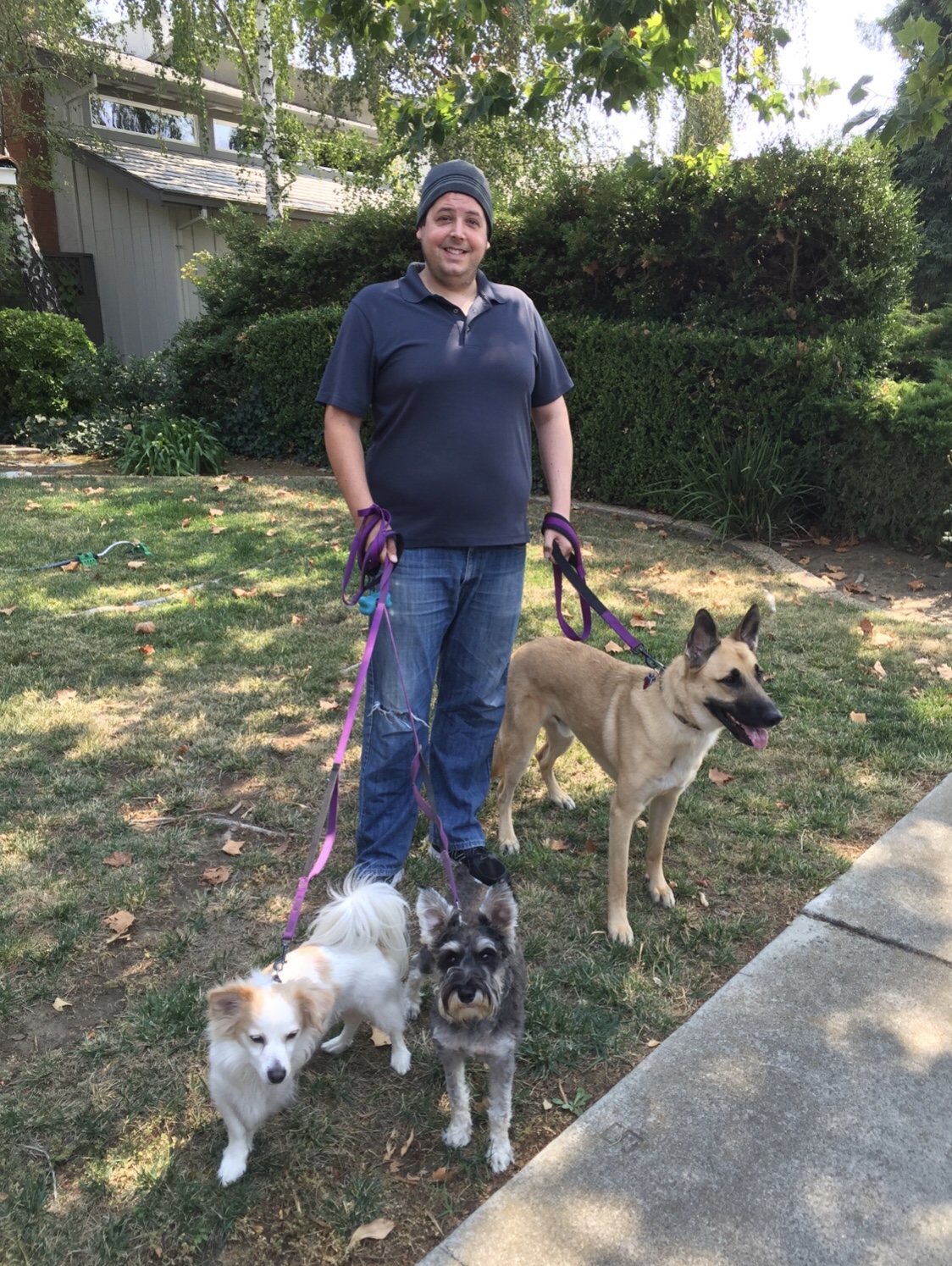
Or, forget walks altogether! There’s nothing that will happen to your dog if you give them a few days off because it’s continually 85°+ outside. Heat stroke is real and can still affect them, even if you walk them early in the day. Consecutive hot days mean being lazy inside, eating frozen treats!
Utilize your Kong toys and your freezer. Prepare a few Pupsicles filled with Peanut butter and greek yogurt, or chicken broth and diced carrots. Plug the little hole at the top, fill them up and toss in the freezer for a cool treat your pup can enjoy during the warm afternoons. Freeze some water bottles full of water so they can play with those to keep busy or spend some energy.
Be sure your water bowls are refilled and cleaned out. I never leave water buckets or bowls in direct sun very long. Some sunlight is good for sterilizing, but hot water is not fun nor safe to drink. Remember our dogs’ temperatures run higher than ours. Bring the water into the shade, or leave it under an umbrella and always check it before you let your pooches out to drink from it. Personally, we have water bowls inside and in crates. There is one outside but it gets dumped and refilled probably 6-10 times daily.
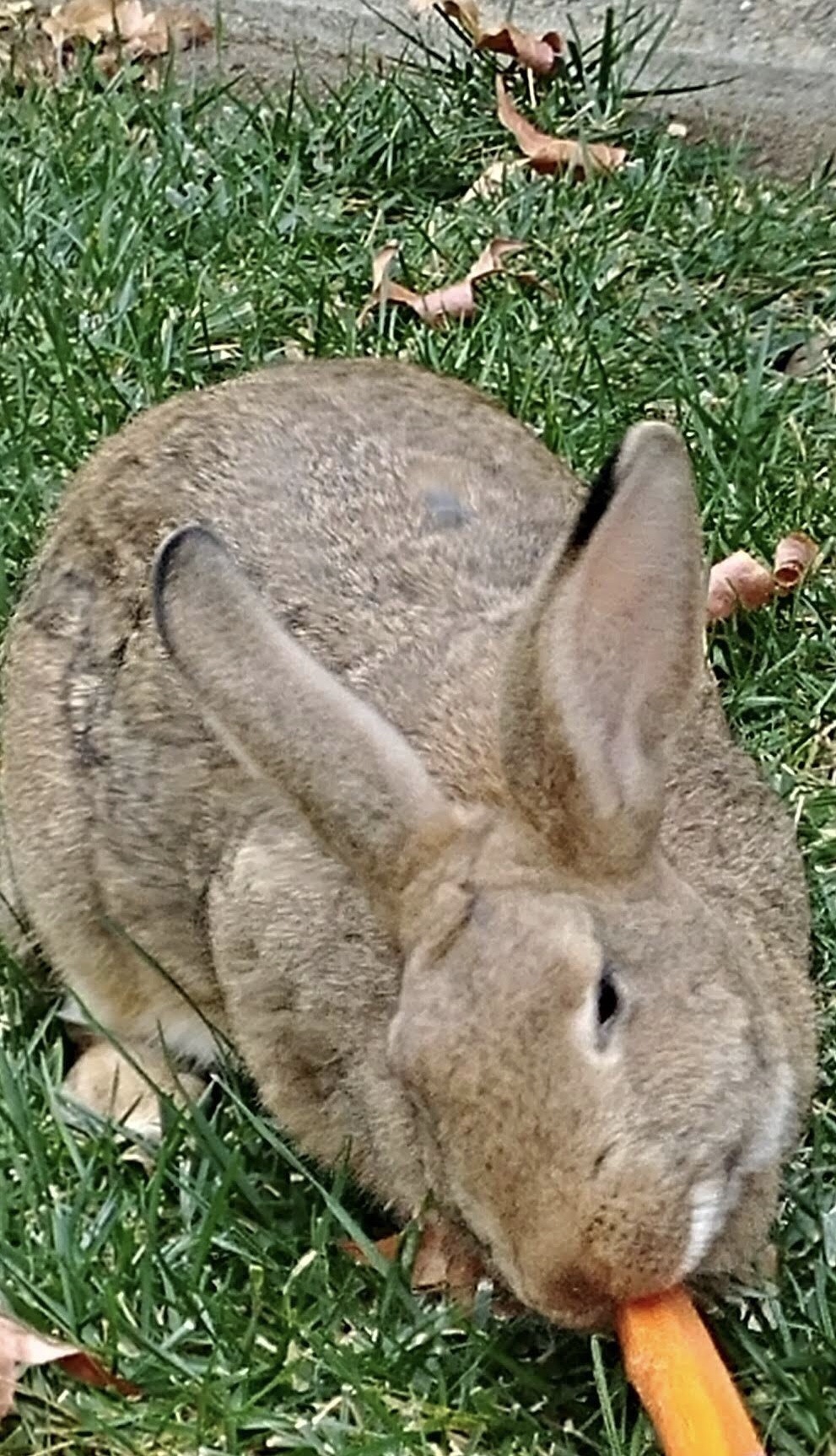
Do you have a hoppity bunny in your life? The hot months are the WORST time for a bunny rabbit. In nature they dig deep holes in the ground and hunker down where the sunlight never penetrates and it stays nice and cool. They absolutely do not do well in temperatures over 80°. If you have a rabbit that lives outside, bring it in. Freeze a water bottle for them to lie on, put them where there is air flow and fans. If you are unable to bring them in from the heat, turning a mister on in the yard and giving them frozen water bottles will save their lives. I have many tragic stories of hard lessons learned that I don’t wish for anyone to repeat. Bring the bunnies in! Luckily for us, Monterey county doesn’t get nearly as hot as the Bay Area, our Rini girl happily lives in her own room where it never reaches over 70 degrees.
Birds and Cats are probably the easiest to care for. Birds have insulating feathers that keep them warm when it’s cold and cool when it’s hot. They may be less active and a bit more quiet (not in our house). But if it’s really warm for extended periods of time. Giving them baths makes them feel good. Keeping them in a well-ventilated room is best also.
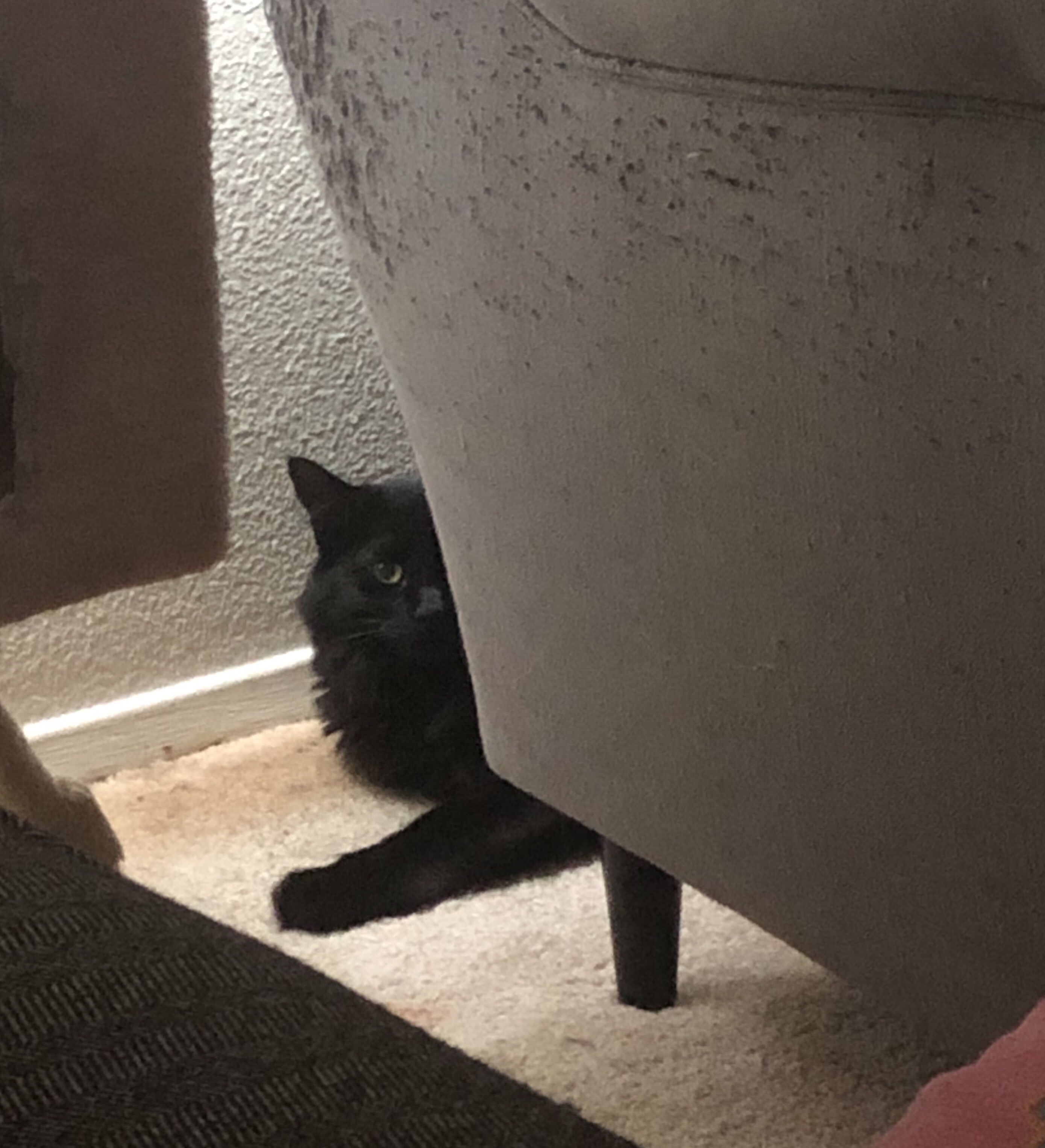
Cats will find a cool hiding spot and wait out the heat. Some of them will lay right in the sunbeams blazing through your window. Cats do what they want. Just make sure they have water and they’re fine. If you have an outside cat, be sure you provide lots of shade and a way to get out of the heat. Many kitties run up trees, thinking they’re heading towards some shade only to be stuck up in the direct sun and hot air, stressing themselves into faster dehydrating. Best to bring them in as well.
All in all, head inside, turn on the AC (or fans), get the Netflix or Amazon Prime going and grab some snacks for you and the fur kids – wait out the hottest part of the day and enjoy yourselves when it’s cooler out.
Looking for activities to do? Check out my Summertime Outings post!
Published by Amy Noble on 7/24/19
Amy is an Animal Behaviorist and Dog Trainer in Monterey, Ca, with over Thirty years of experience and active knowledge working with animals. Amy’s love for every dog, cat, horse, rabbit, human (and more!) that she trains truly shows in her work and dedication.


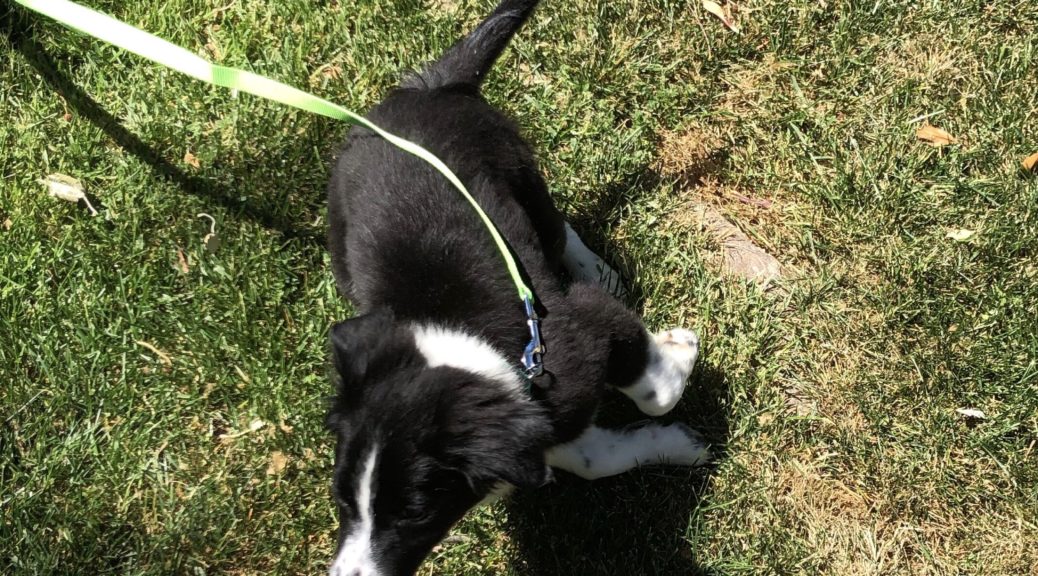
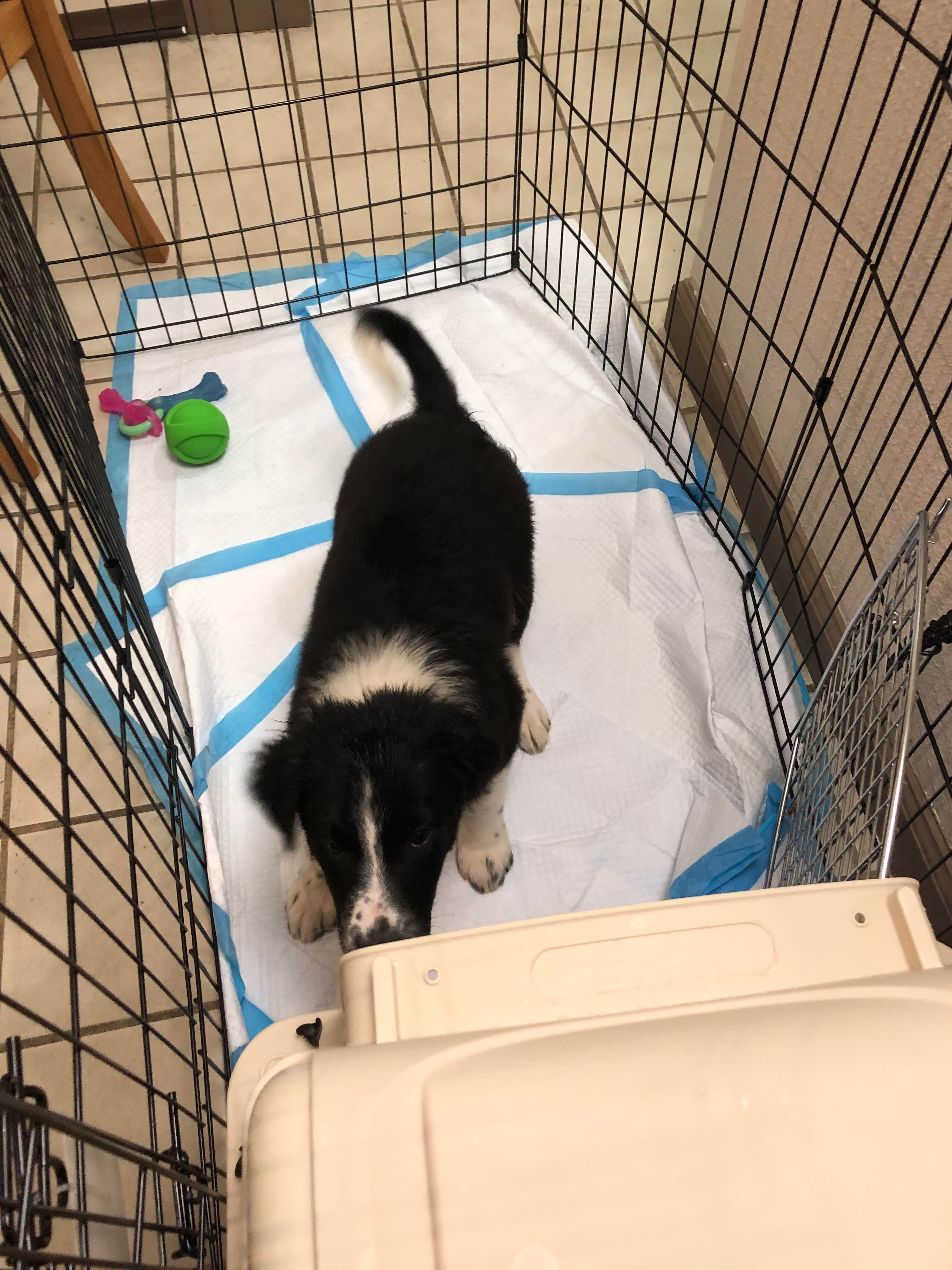
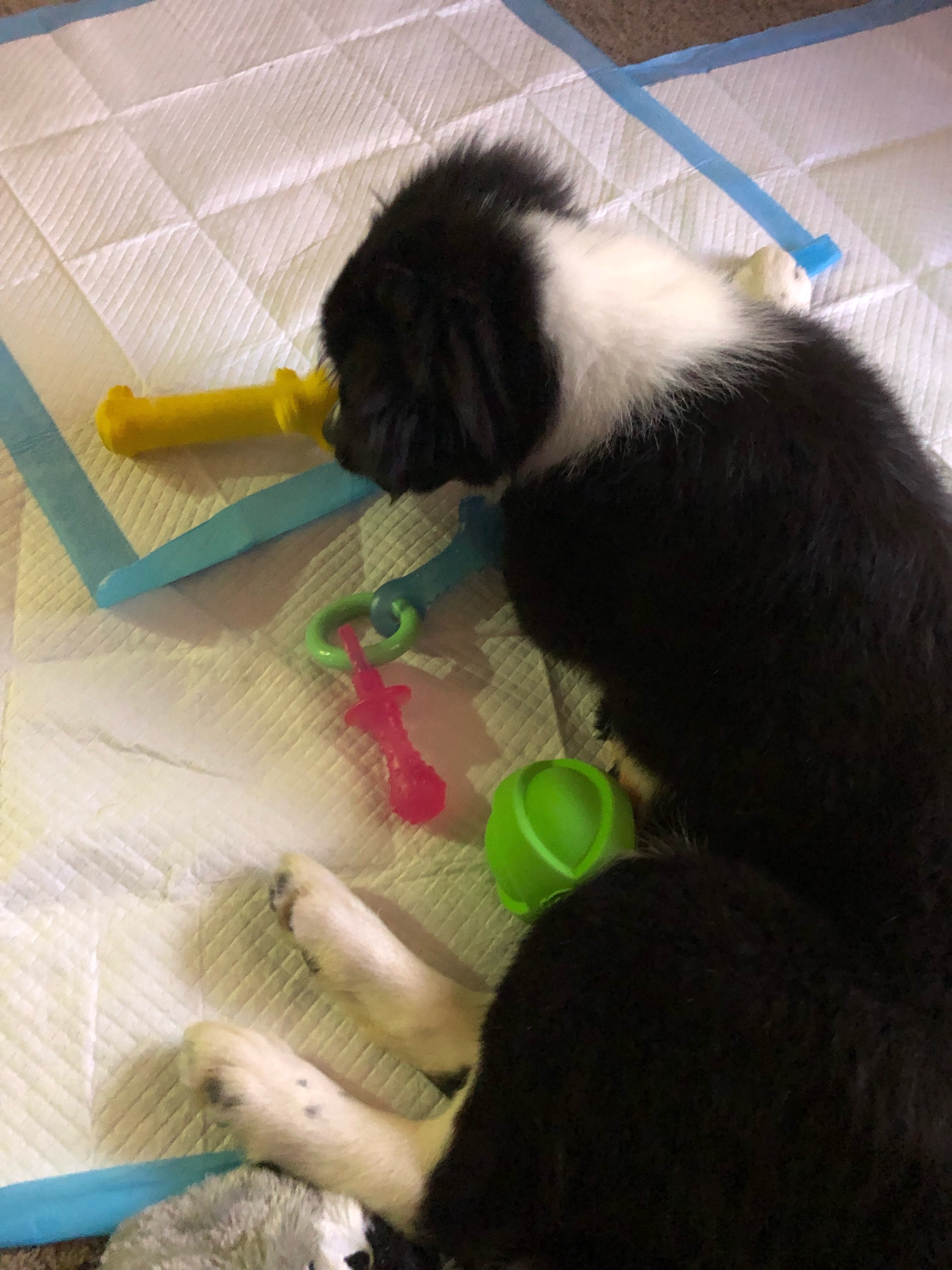
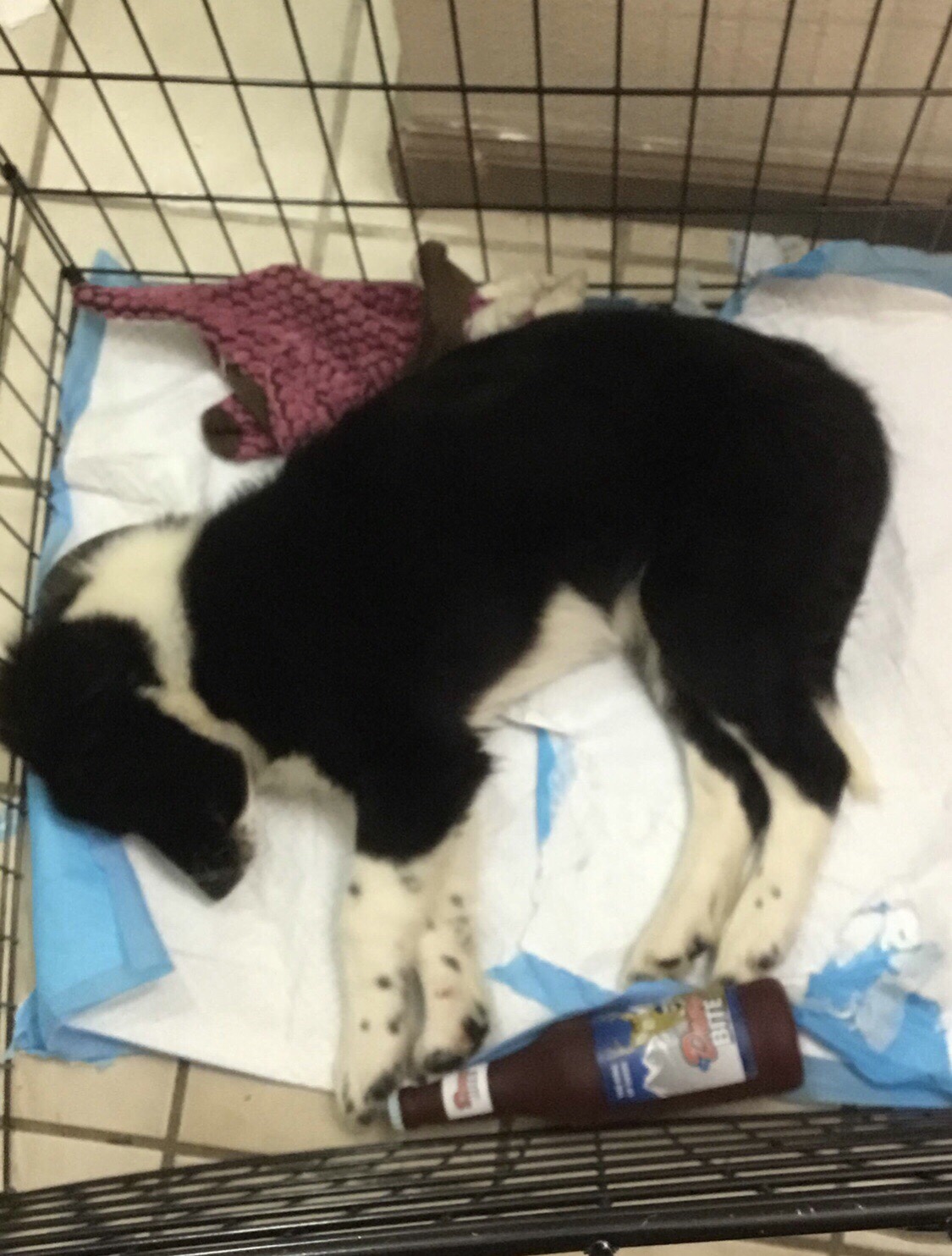
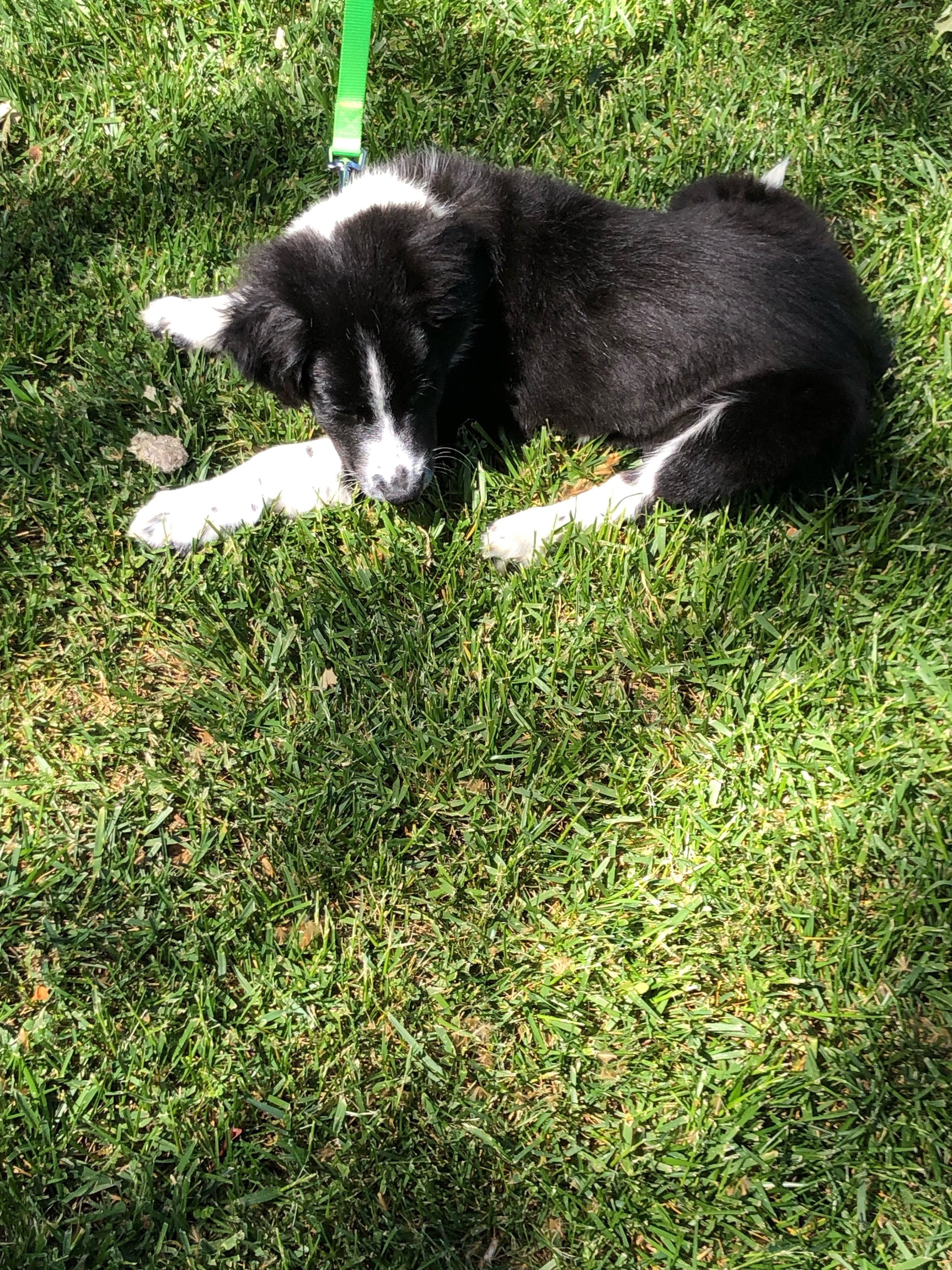
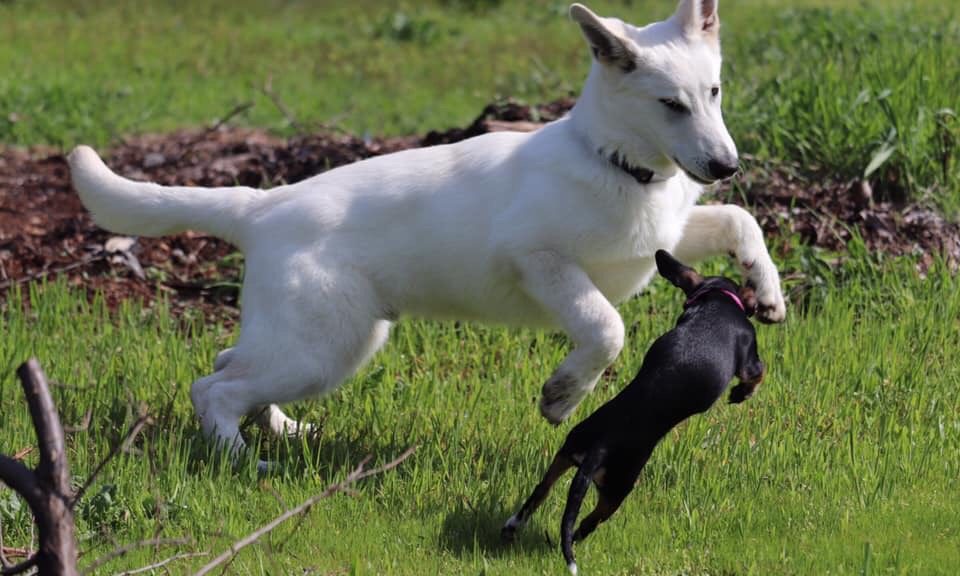
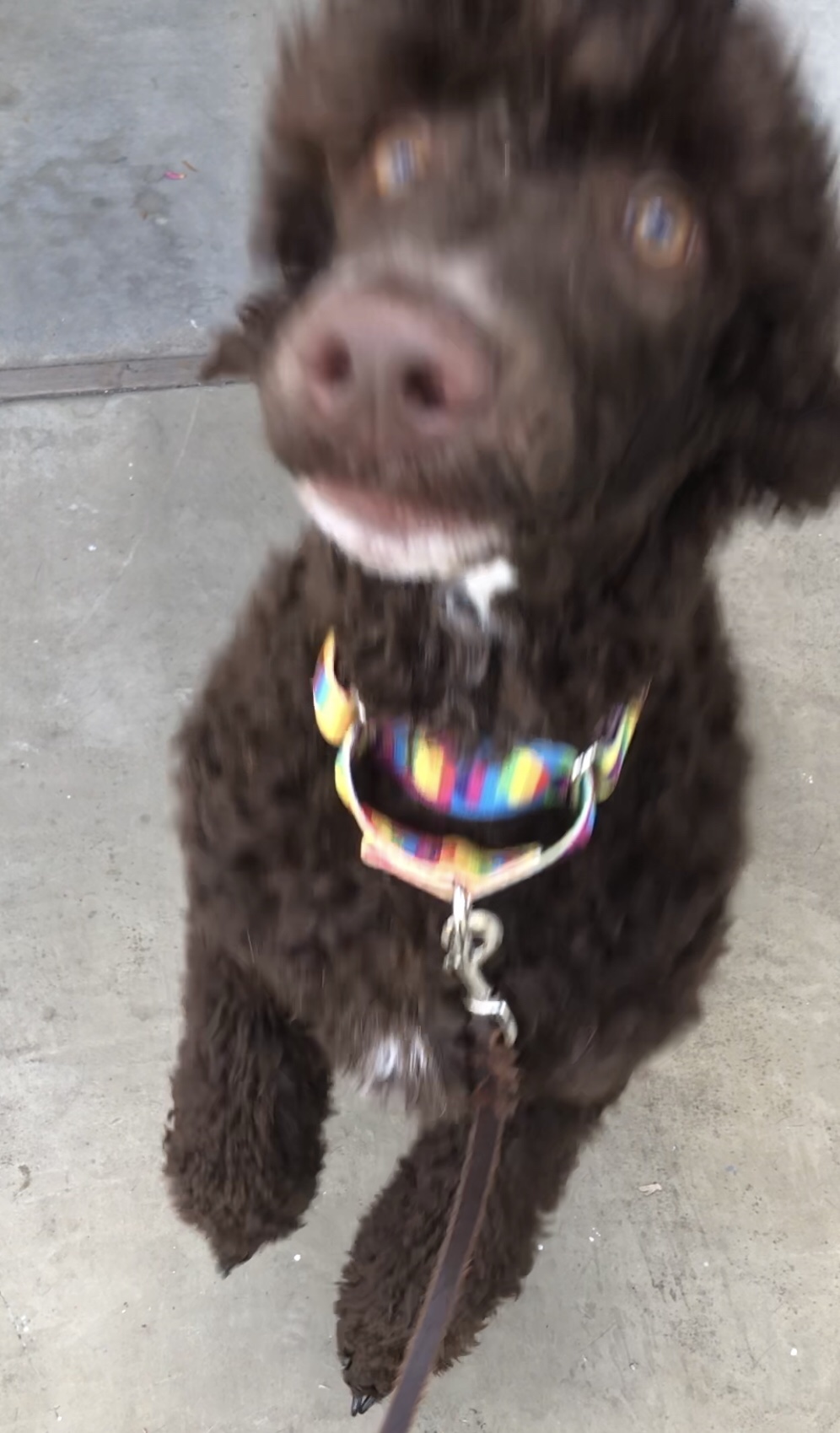
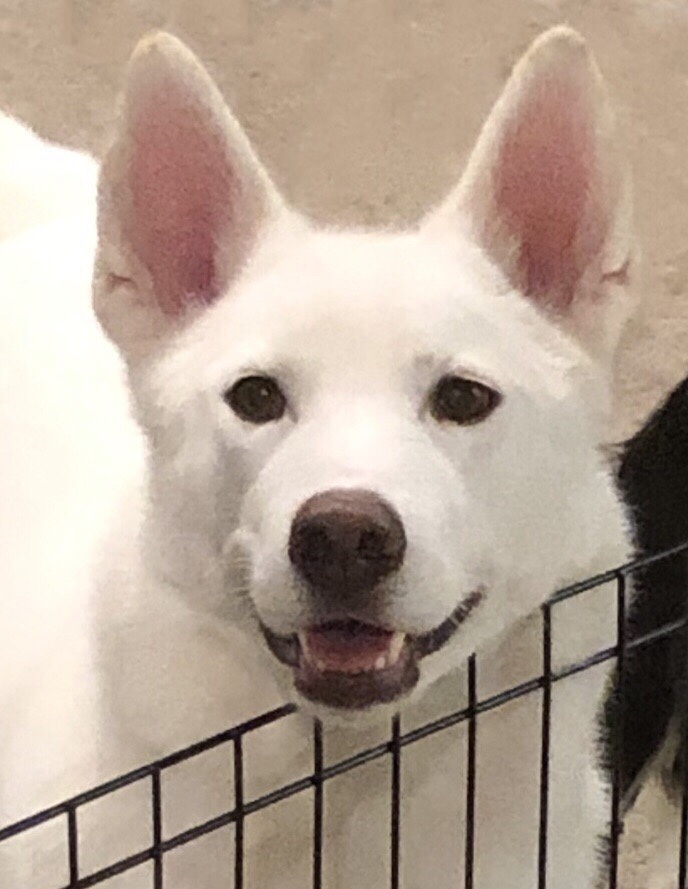
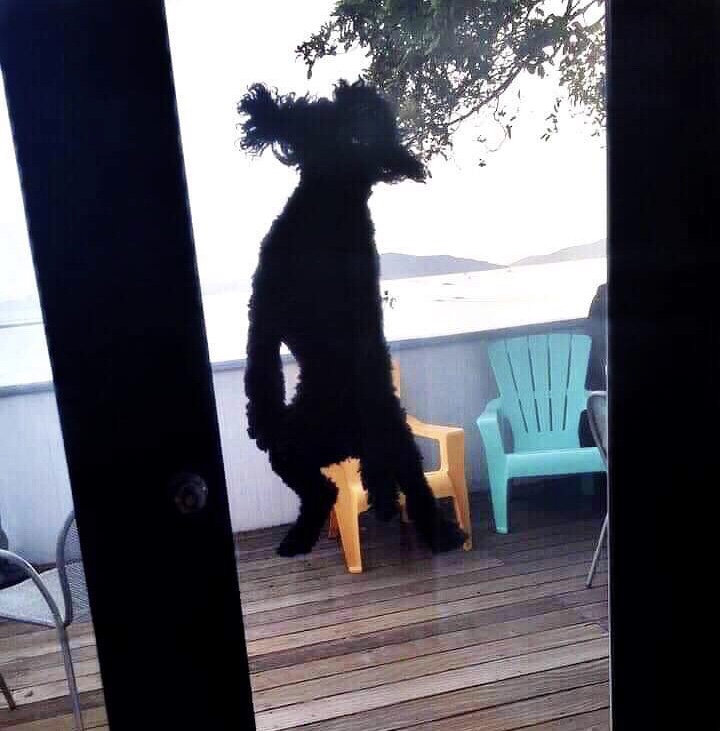
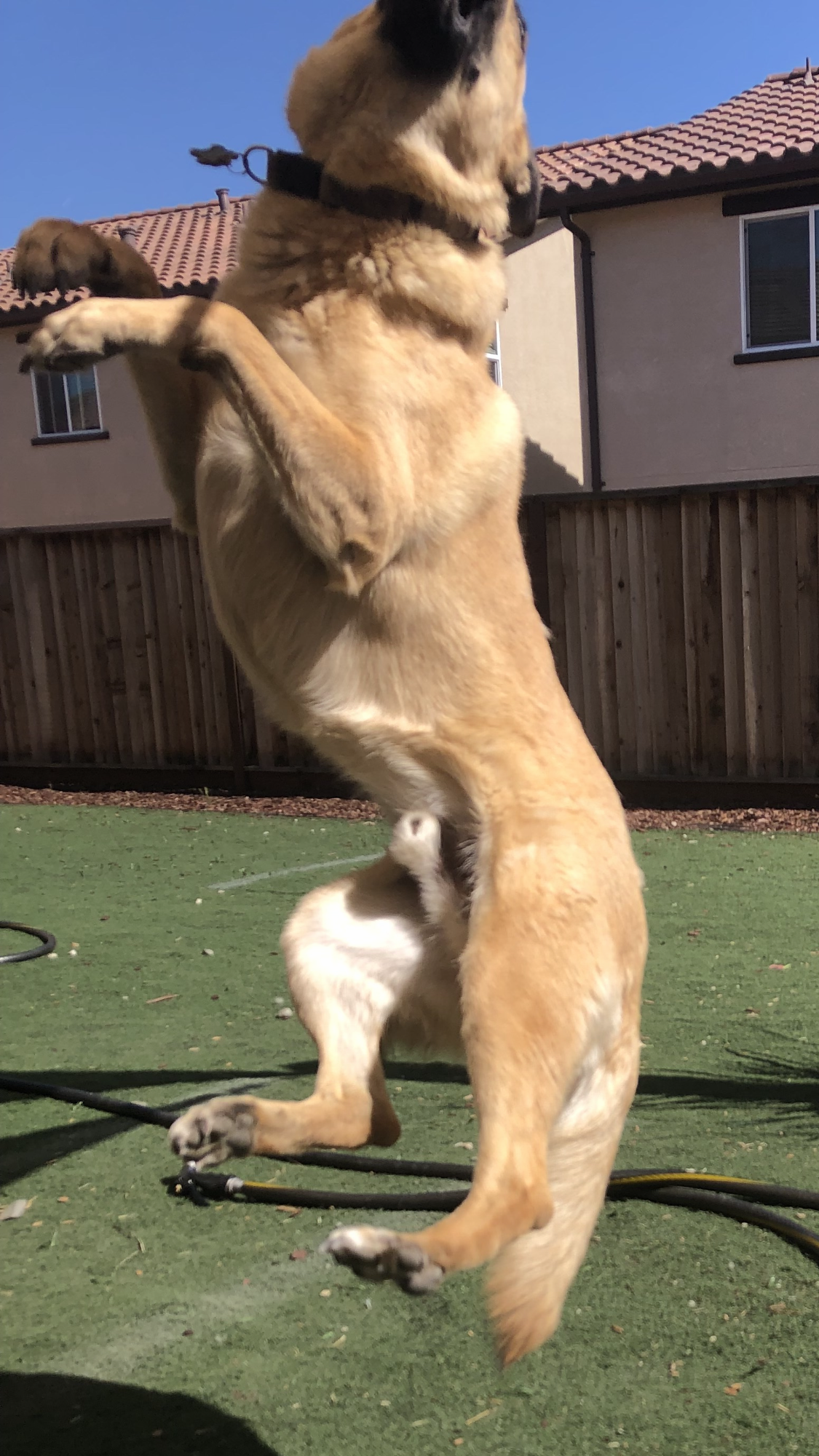
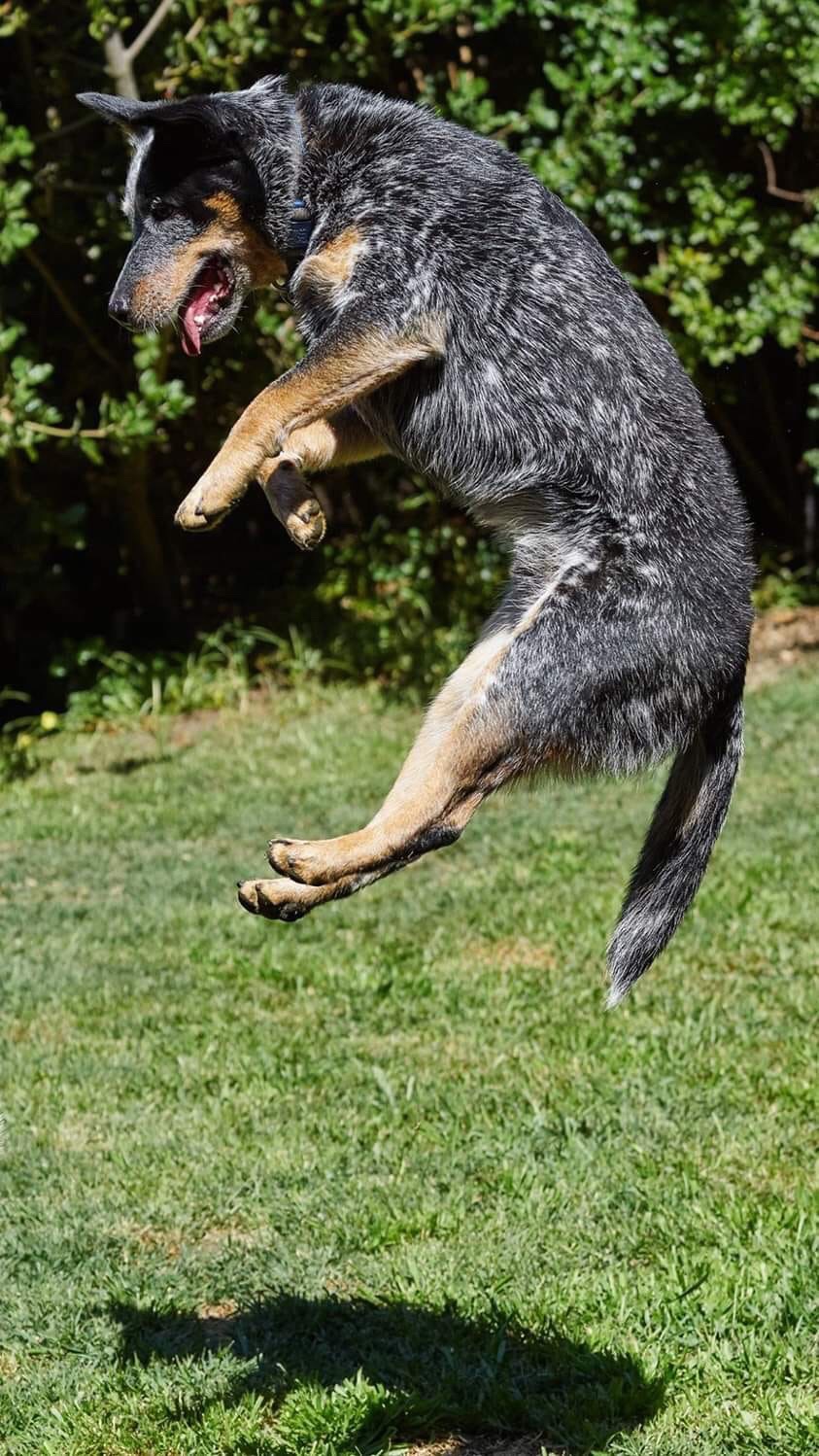

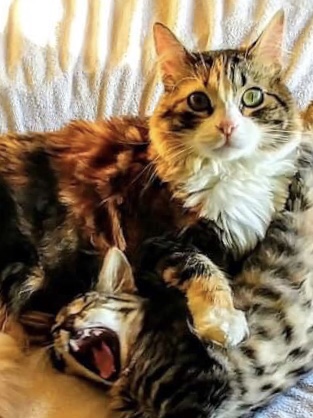
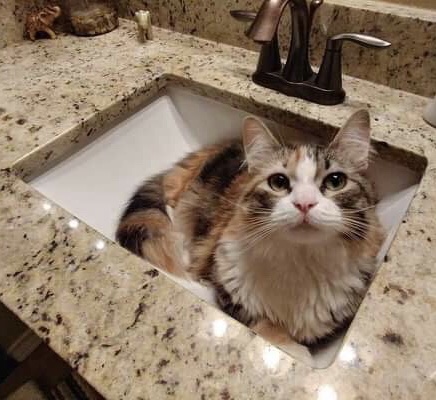
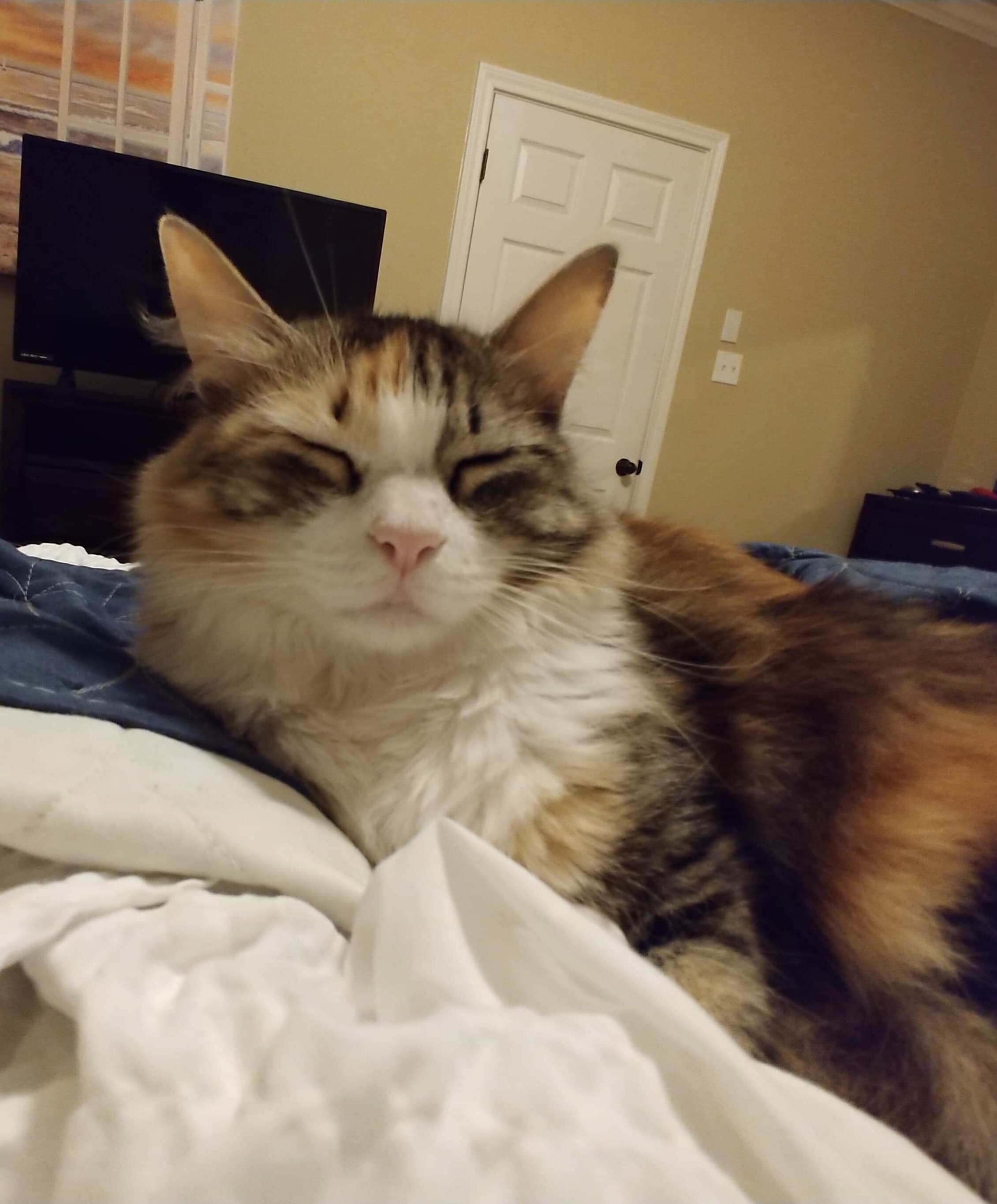
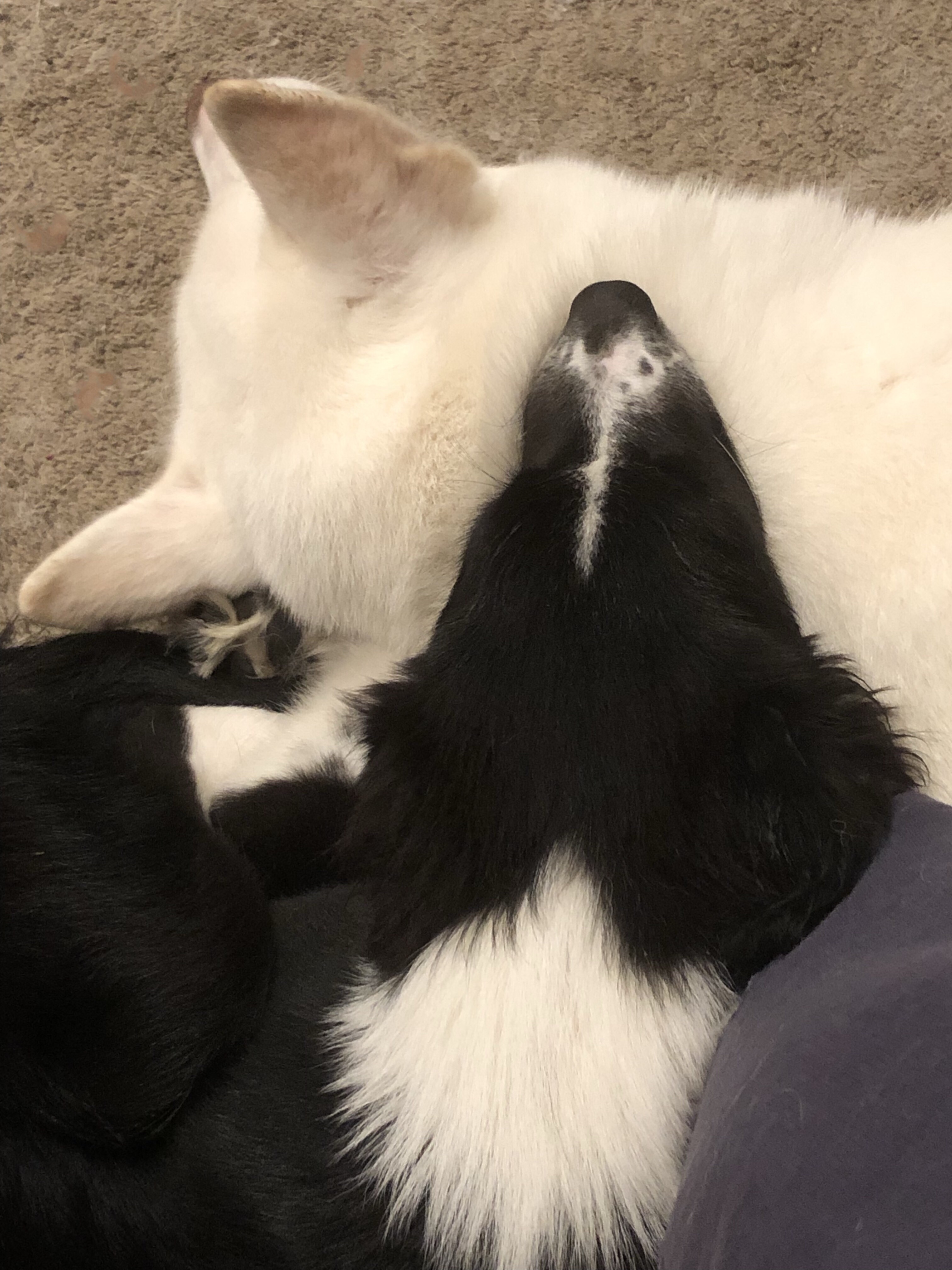
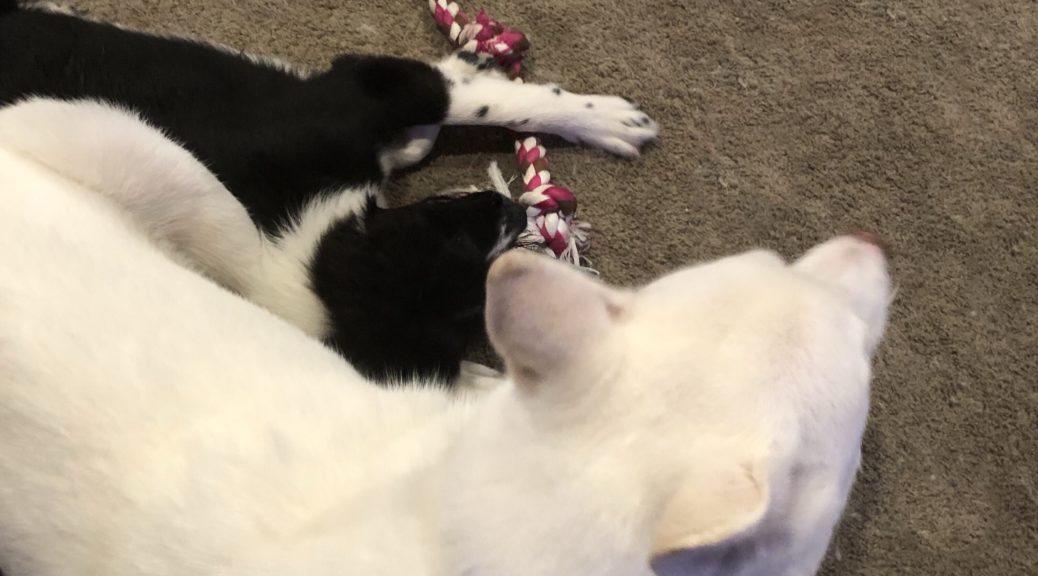
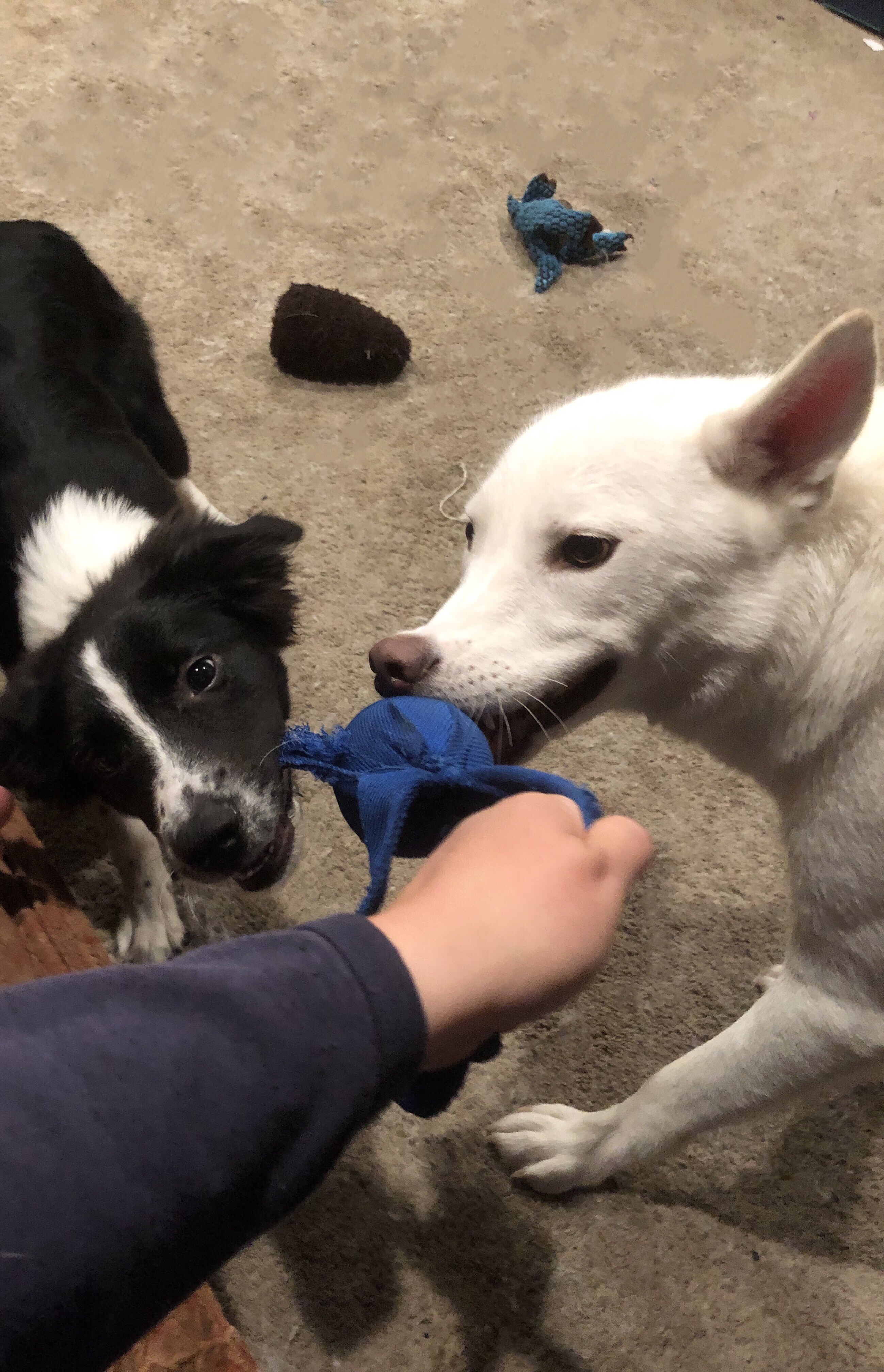
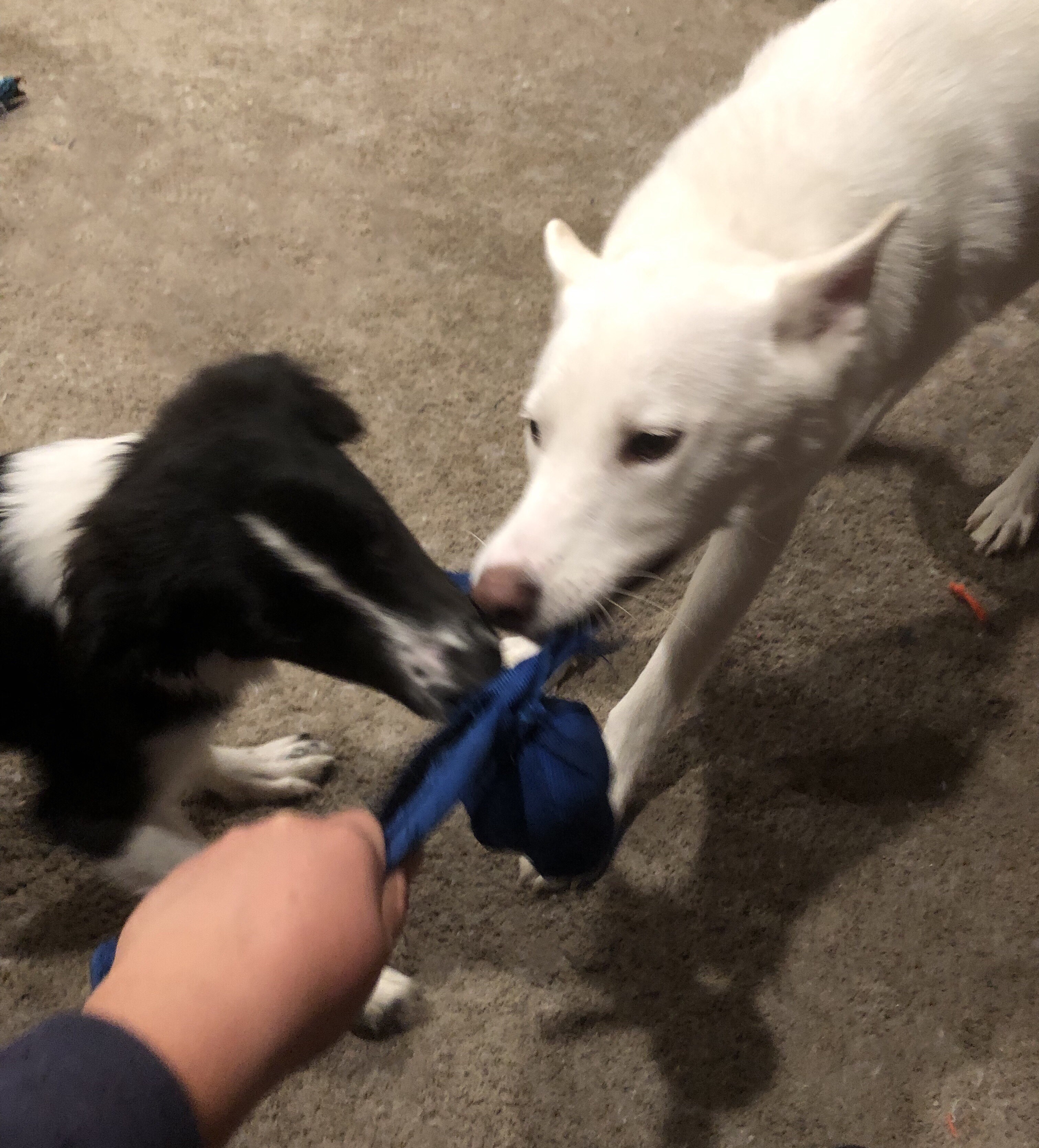

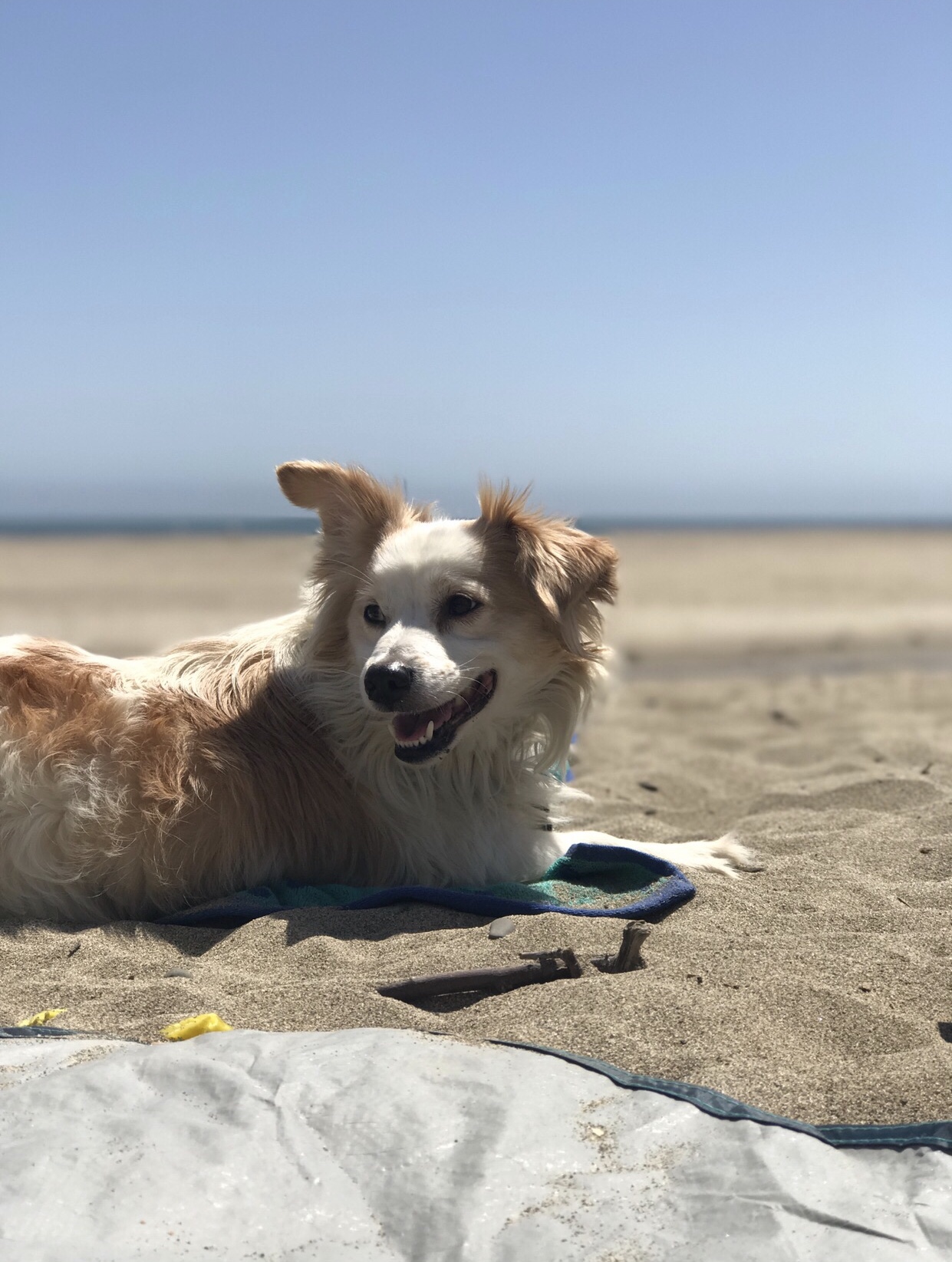
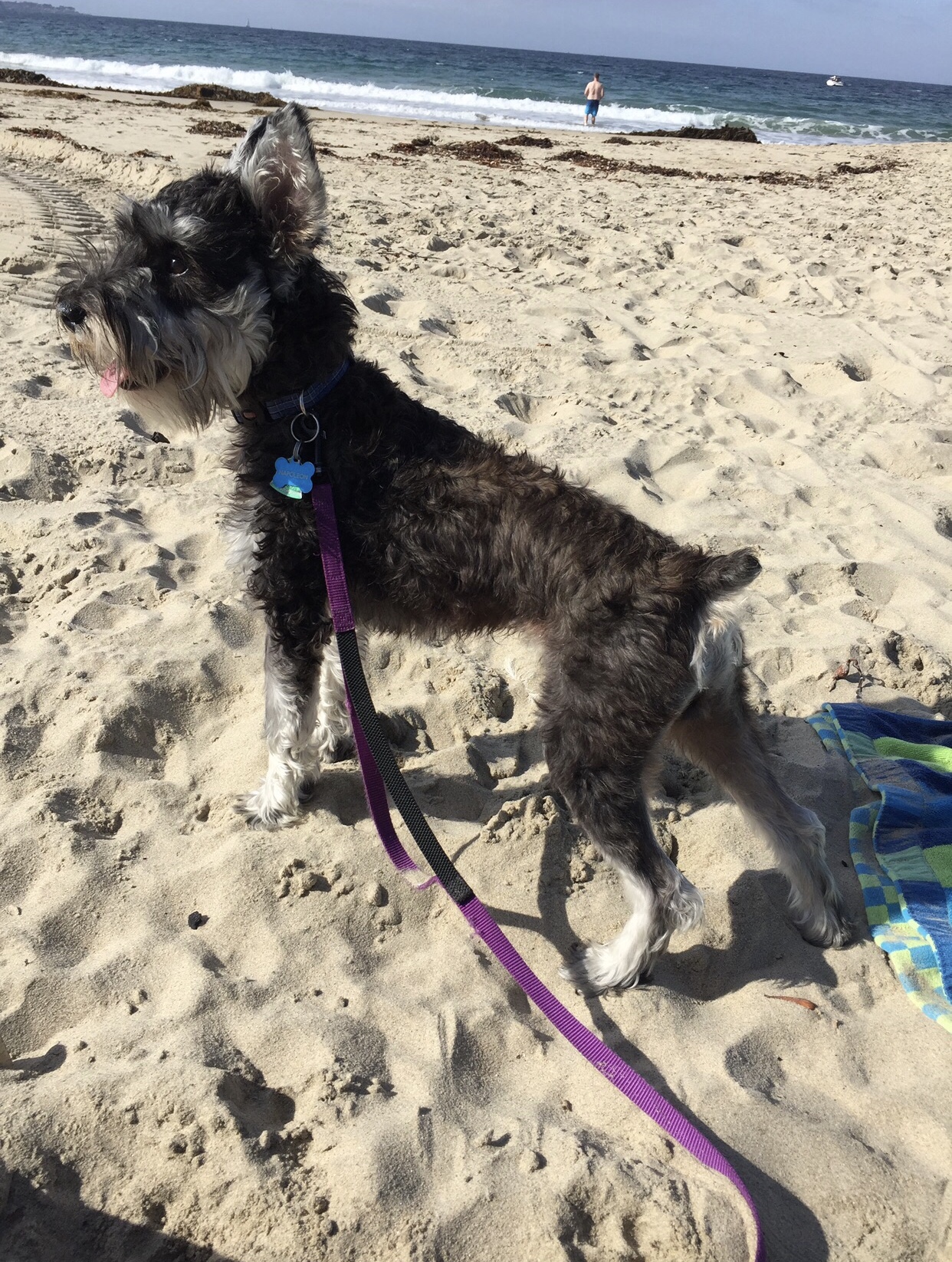
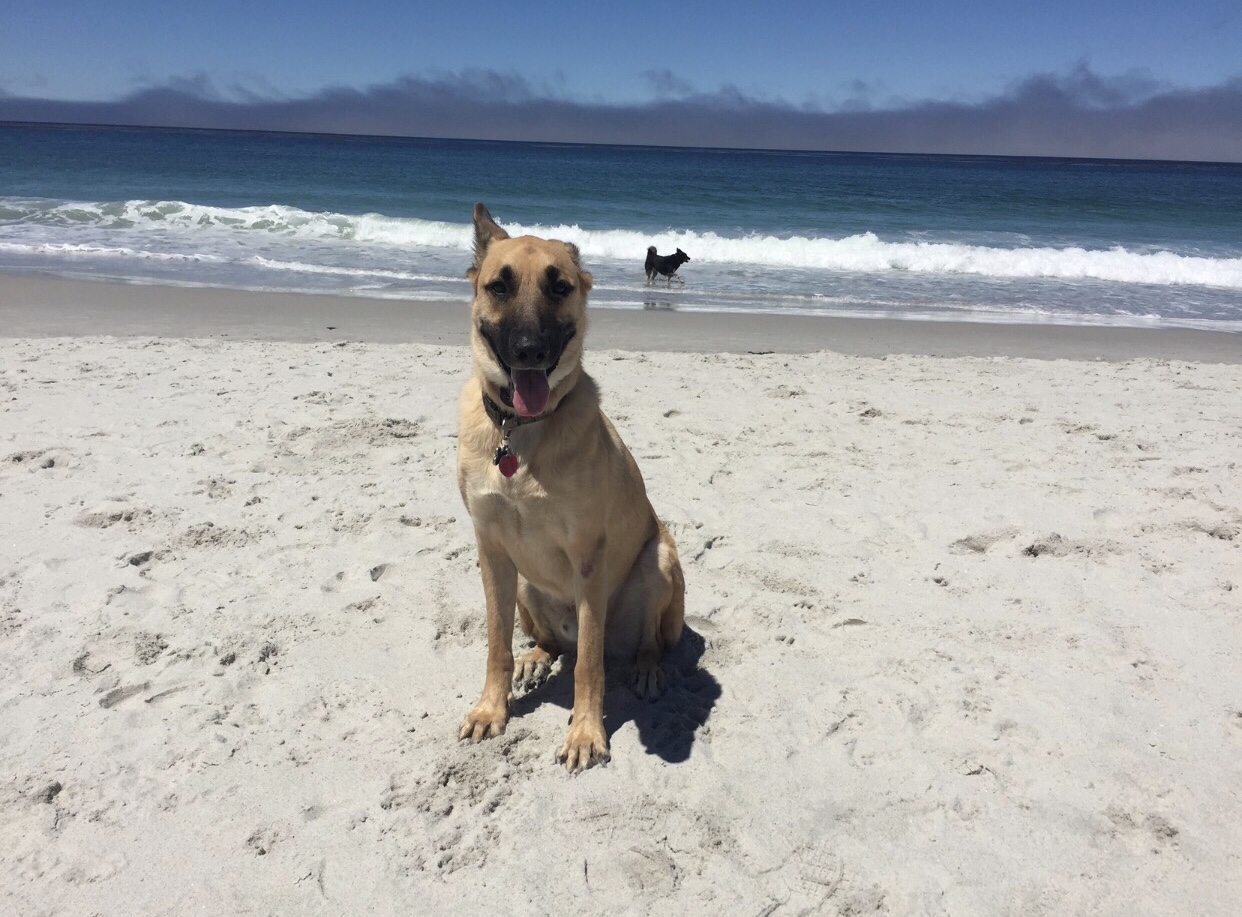
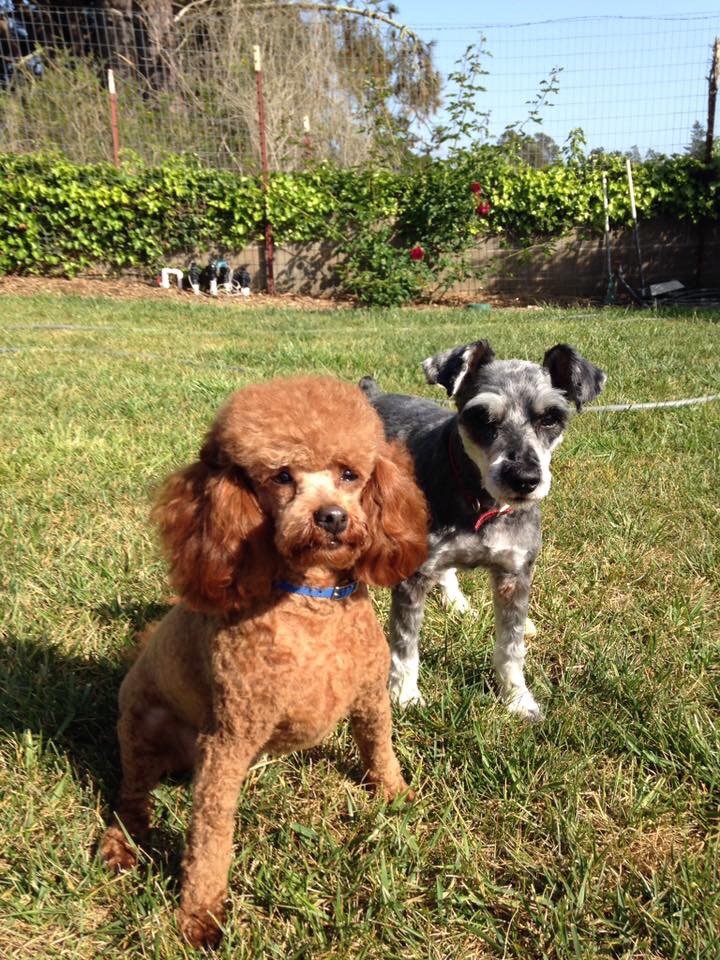
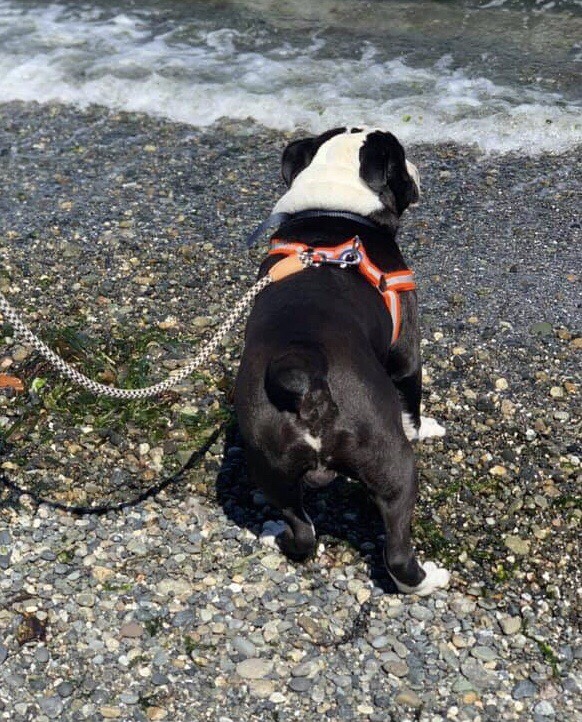
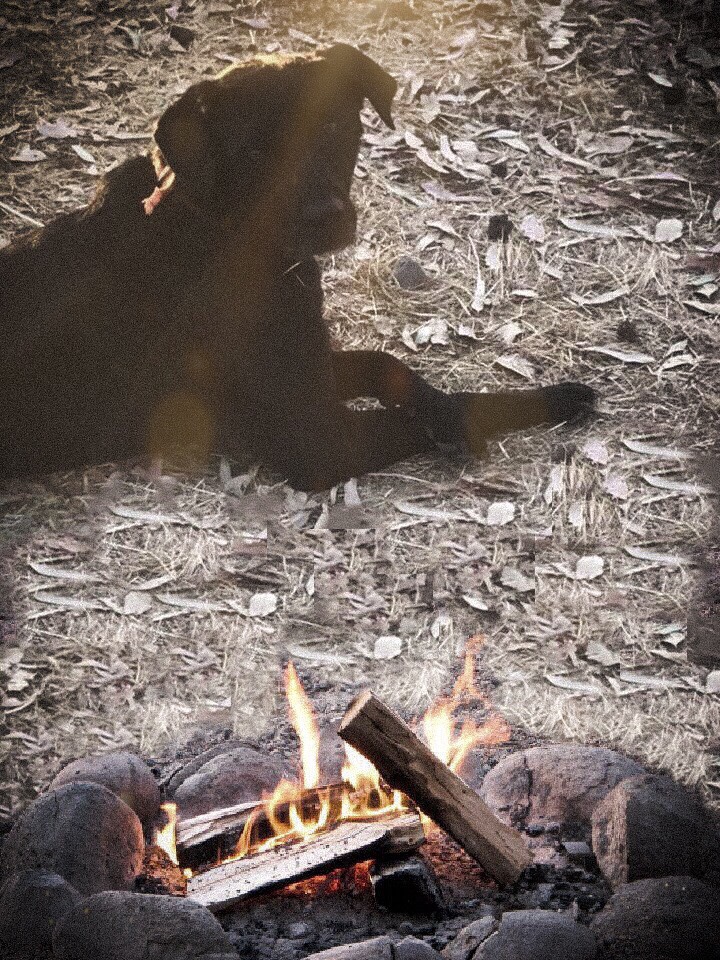
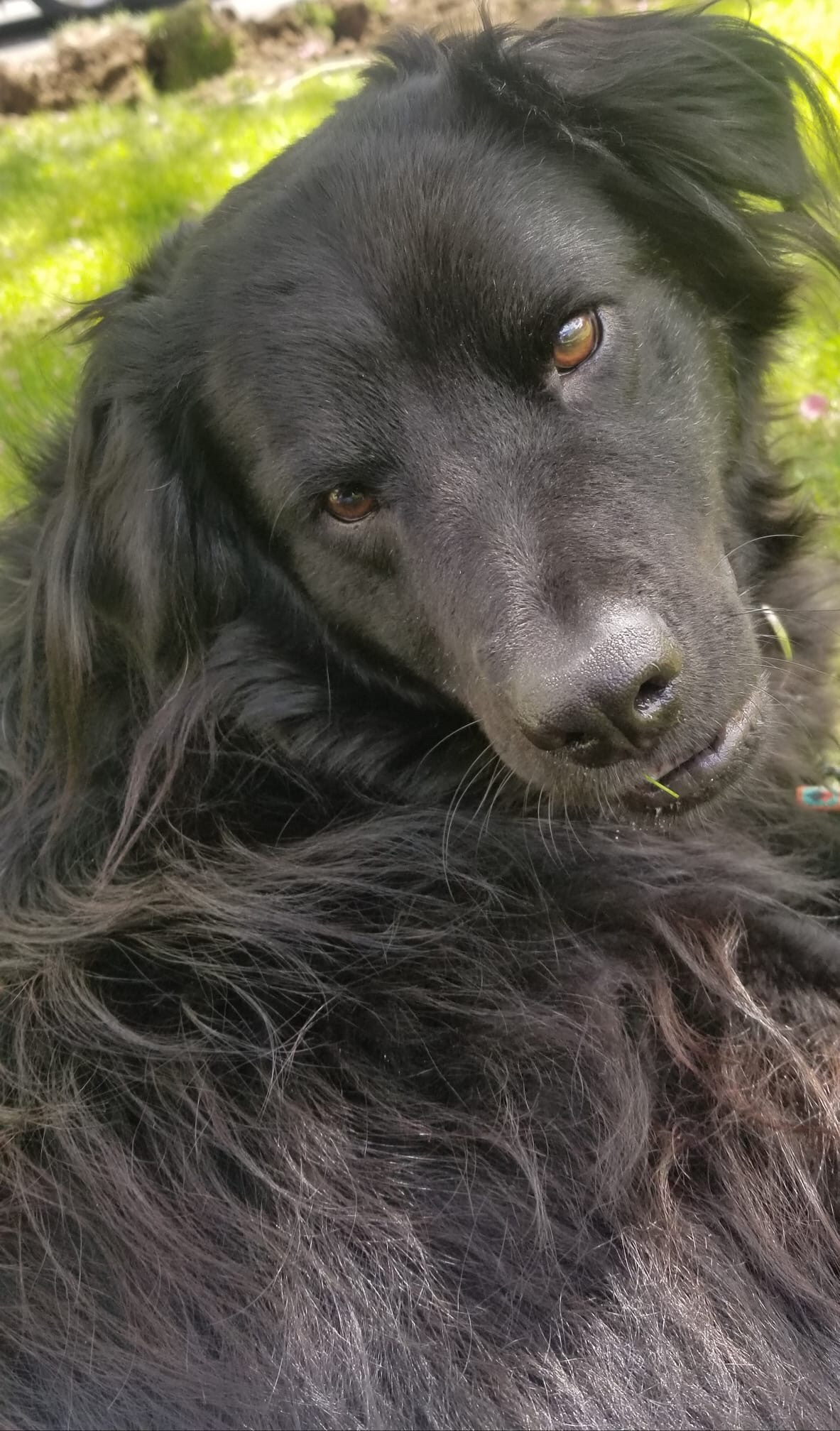
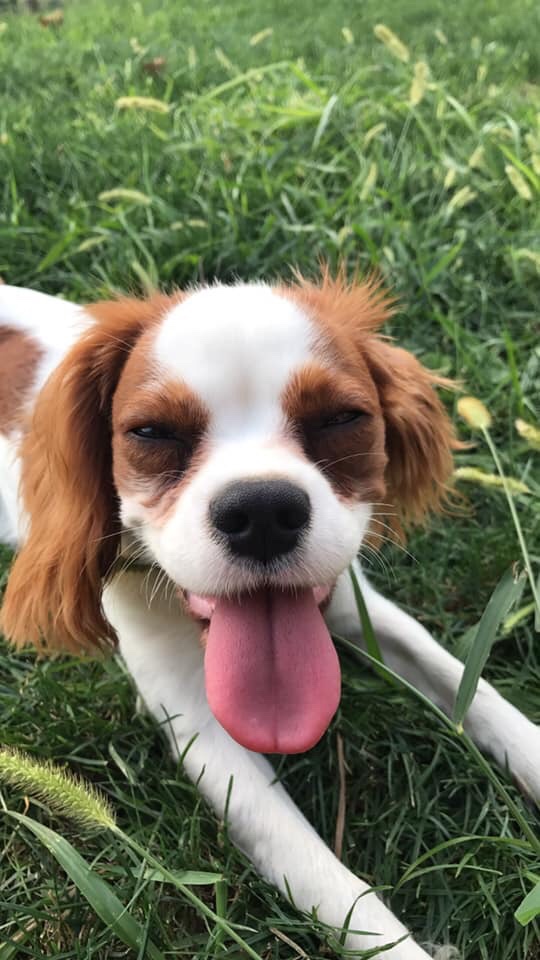
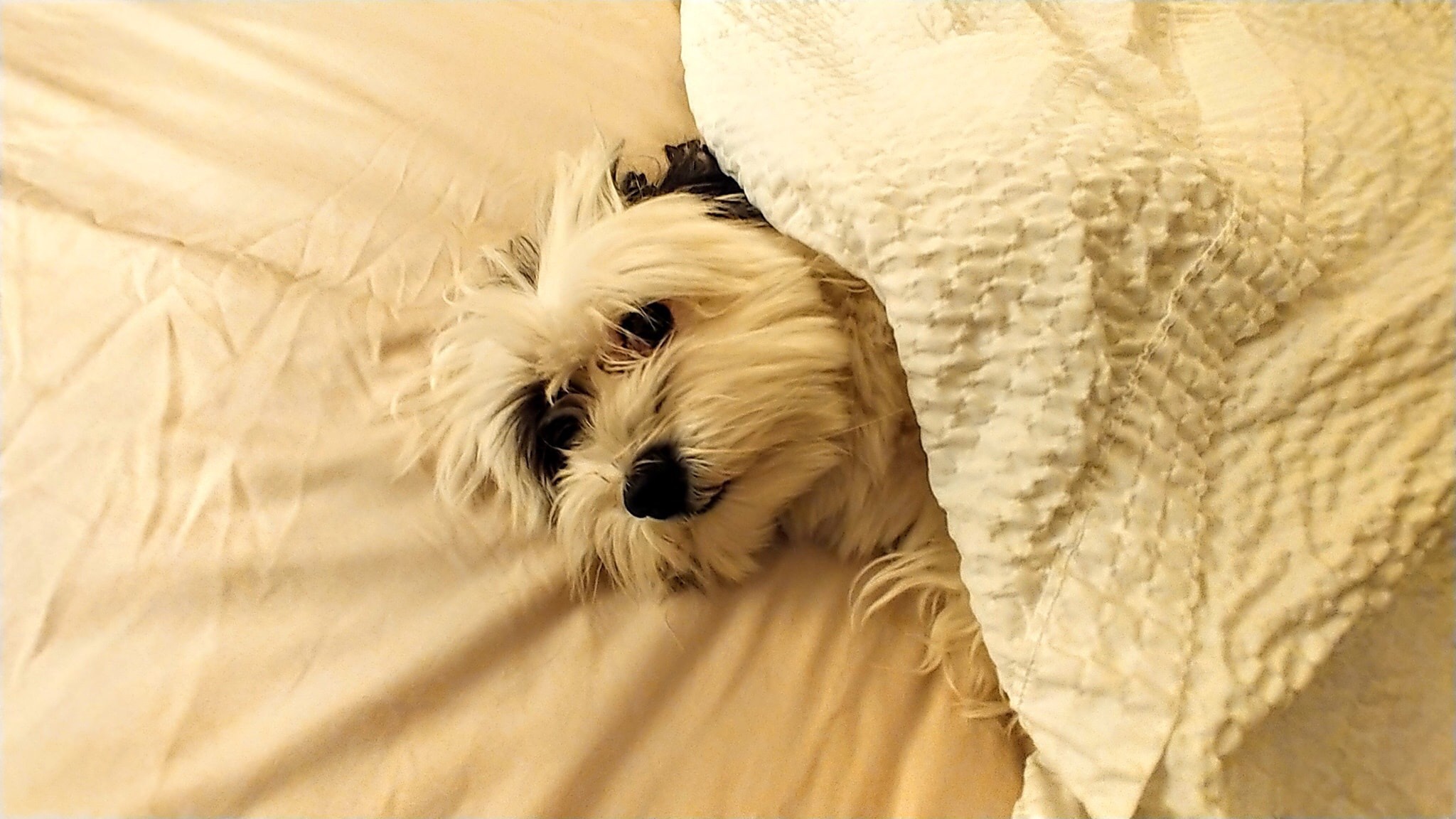
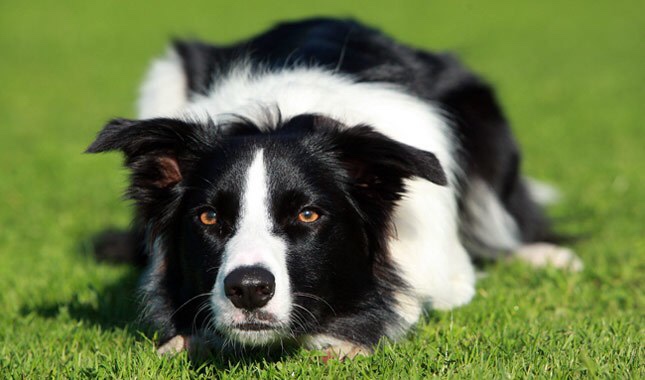

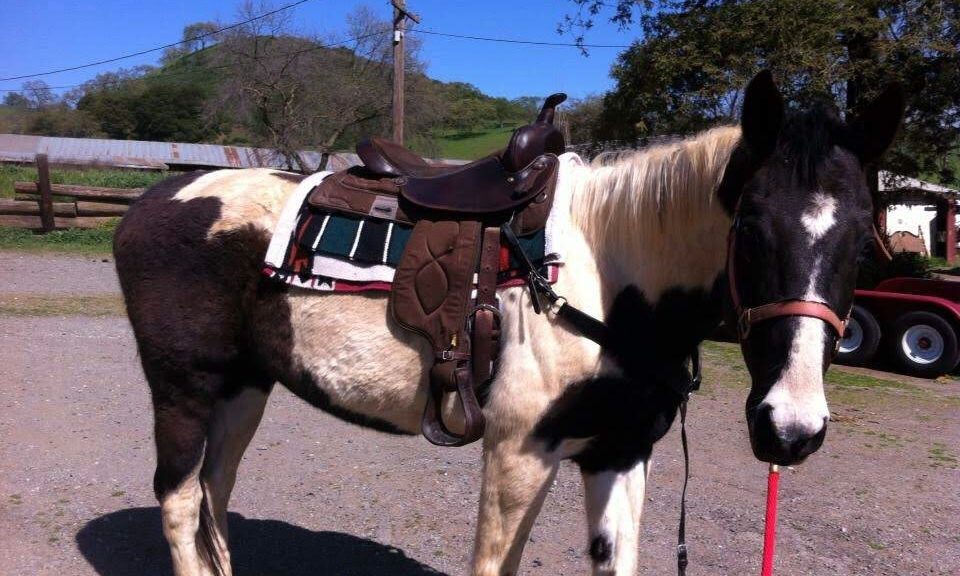
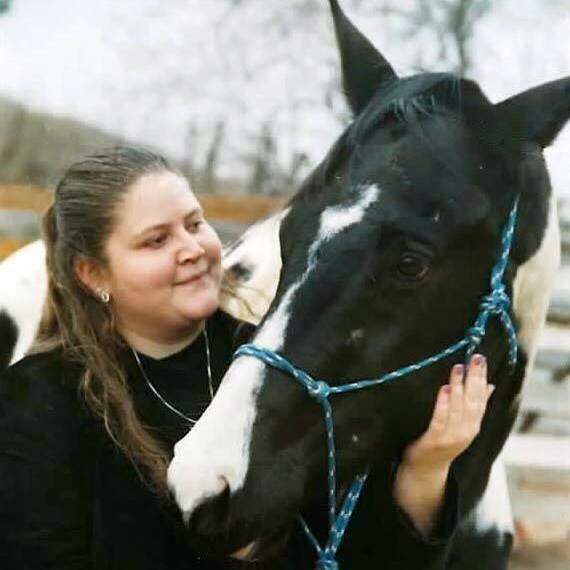
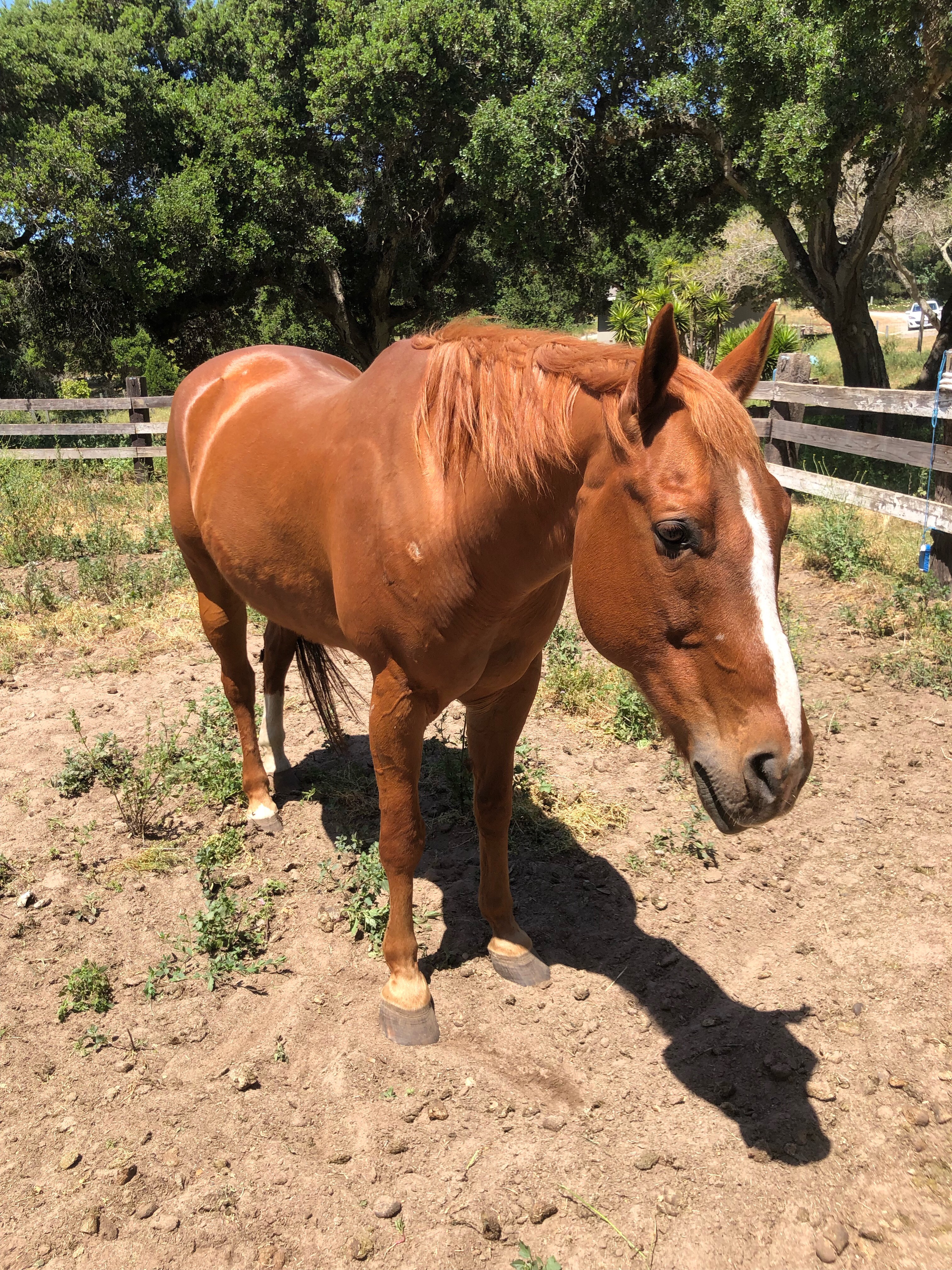
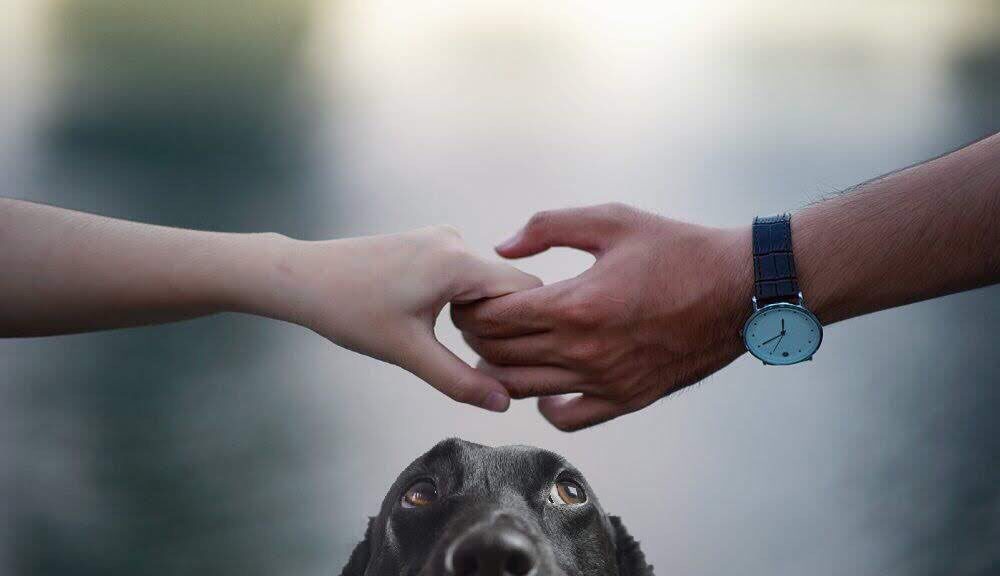
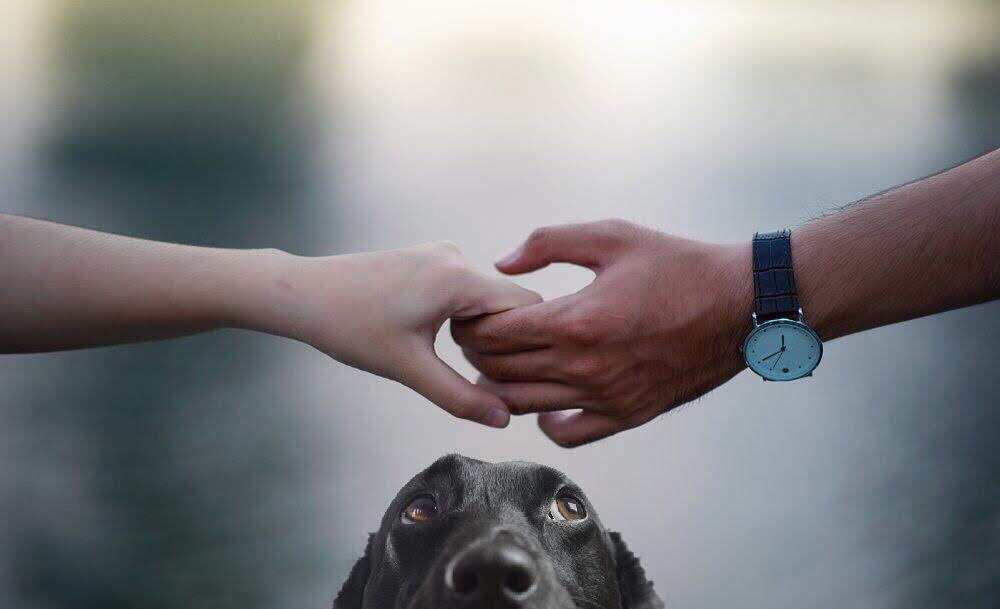
 This is my most favorite Holiday!! Maybe it was the staying out late as a kid, the AWESOME decorations, the bountiful haul of candy, or SCARING PEOPLE that makes it my favorite. But, it’s just the best! Although, it’s not about the candy for me anymore – I still remember how awesome it was when I was younger though. 😉
This is my most favorite Holiday!! Maybe it was the staying out late as a kid, the AWESOME decorations, the bountiful haul of candy, or SCARING PEOPLE that makes it my favorite. But, it’s just the best! Although, it’s not about the candy for me anymore – I still remember how awesome it was when I was younger though. 😉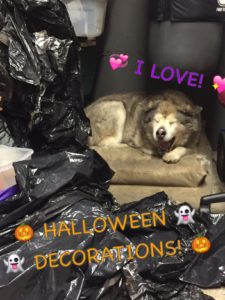 for others, and then the few unaffected who don’t pay much mind to it. Adie, like my husky Prince, is definitely the latter. Prince only thought it was pretty cool when my sister and I would stay in the garage for hours on end, setting up our haunted house, as he cruised around and “helped”. But that was as involved as he ever got. Adie likes to play with the Halloween decorations and lay in the piles of plastic bags that are our “walls” for our haunted house. But she’ll just sleep through tonight, comfy on her bed.
for others, and then the few unaffected who don’t pay much mind to it. Adie, like my husky Prince, is definitely the latter. Prince only thought it was pretty cool when my sister and I would stay in the garage for hours on end, setting up our haunted house, as he cruised around and “helped”. But that was as involved as he ever got. Adie likes to play with the Halloween decorations and lay in the piles of plastic bags that are our “walls” for our haunted house. But she’ll just sleep through tonight, comfy on her bed. Number one thing – don’t coddle them when they begin their nervous behaviors. Holding them, hugging them, telling them sweetly that “it’s ok”… That may be very comforting to a human child? It does the opposite to your dog. It actually encourages them to continue the nervousness and it can get worse from there.
Number one thing – don’t coddle them when they begin their nervous behaviors. Holding them, hugging them, telling them sweetly that “it’s ok”… That may be very comforting to a human child? It does the opposite to your dog. It actually encourages them to continue the nervousness and it can get worse from there.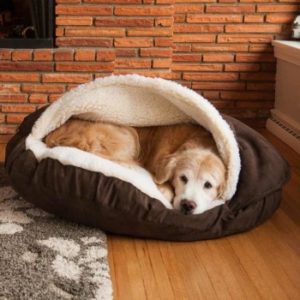 Providing a safe place for them to be. A bedroom, bathroom, their crate or a back room away from the front door and all the activity. Have their bed, blankets, or maybe a shirt of yours for them to cuddle up with. Close the door, turn on the radio on low, and give them their chewy to focus on. Going in and checking on them when things are quiet and calm, to tell them how good they’re being will help them a lot. This way they feel protected, and away from all the action going on. They can control the situation they are in – which brings them comfort when they’re in a state of nervousness.
Providing a safe place for them to be. A bedroom, bathroom, their crate or a back room away from the front door and all the activity. Have their bed, blankets, or maybe a shirt of yours for them to cuddle up with. Close the door, turn on the radio on low, and give them their chewy to focus on. Going in and checking on them when things are quiet and calm, to tell them how good they’re being will help them a lot. This way they feel protected, and away from all the action going on. They can control the situation they are in – which brings them comfort when they’re in a state of nervousness.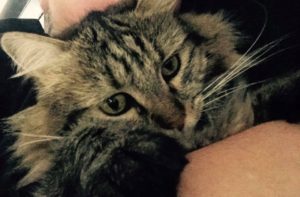 For indoor-only kitties, I would also close them up in a room. That way there’s no chance of them accidentally slipping out, or running out/bolting because of fear. Again, you may have a very confident kitty who can take care of him/herself, but it’s better to be safe than to chance it. You Just never know.
For indoor-only kitties, I would also close them up in a room. That way there’s no chance of them accidentally slipping out, or running out/bolting because of fear. Again, you may have a very confident kitty who can take care of him/herself, but it’s better to be safe than to chance it. You Just never know. Costumes are fun for some, not so much for others. You know your pet best and if you think they’ll dig a costume – by all means, do it! I have never actually put my dogs in full on costumes. But, costumes didn’t start becoming popular until just a few years ago, so that’s just by default, I guess. I did, however, always put my dogs in seasonal-themed bandannas. Tobi loved them the most. He had one on almost all year-round. Prince would tear his off. Adie likes them for a little while, but gets tired of them.
Costumes are fun for some, not so much for others. You know your pet best and if you think they’ll dig a costume – by all means, do it! I have never actually put my dogs in full on costumes. But, costumes didn’t start becoming popular until just a few years ago, so that’s just by default, I guess. I did, however, always put my dogs in seasonal-themed bandannas. Tobi loved them the most. He had one on almost all year-round. Prince would tear his off. Adie likes them for a little while, but gets tired of them.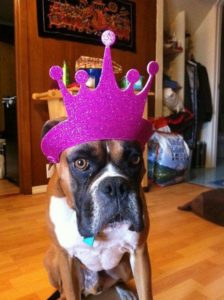 Introduce your dog to them slowly. Let them sniff the items first. Place them on the dog gently. Just lay it on them, at first, and praise them for allowing you to do that. Be sure that the costume size is just right for them. Nothing too small, because you don’t want them to feel constricted. Just make sure it’s a positive interaction, and you try it out a few times before the actual night (I know, it’s kind of late for that – but now you know for next year!).
Introduce your dog to them slowly. Let them sniff the items first. Place them on the dog gently. Just lay it on them, at first, and praise them for allowing you to do that. Be sure that the costume size is just right for them. Nothing too small, because you don’t want them to feel constricted. Just make sure it’s a positive interaction, and you try it out a few times before the actual night (I know, it’s kind of late for that – but now you know for next year!).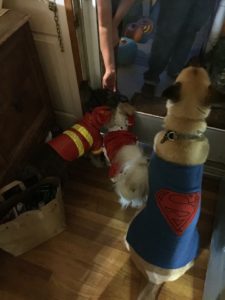 Some pets love them, and wear costumes happily and proudly! And then they can go trick-or-treating as well! It’s just like going on a walk, only in costume – with lots of stops. But it’s a good idea to expose them to you wearing costumes, before Halloween night, as well. By having them watch you put them on and take them off, it teaches the dog that sometimes we can change our “skins”. And they will be less likely to be fearful of other peoples’ costumes.
Some pets love them, and wear costumes happily and proudly! And then they can go trick-or-treating as well! It’s just like going on a walk, only in costume – with lots of stops. But it’s a good idea to expose them to you wearing costumes, before Halloween night, as well. By having them watch you put them on and take them off, it teaches the dog that sometimes we can change our “skins”. And they will be less likely to be fearful of other peoples’ costumes.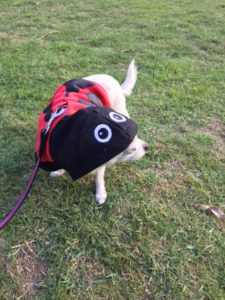 Be safe out there tonight, if you’re going out with your kids. Enjoy yourself! Have fun, and make it fun for your doggies, too!
Be safe out there tonight, if you’re going out with your kids. Enjoy yourself! Have fun, and make it fun for your doggies, too!